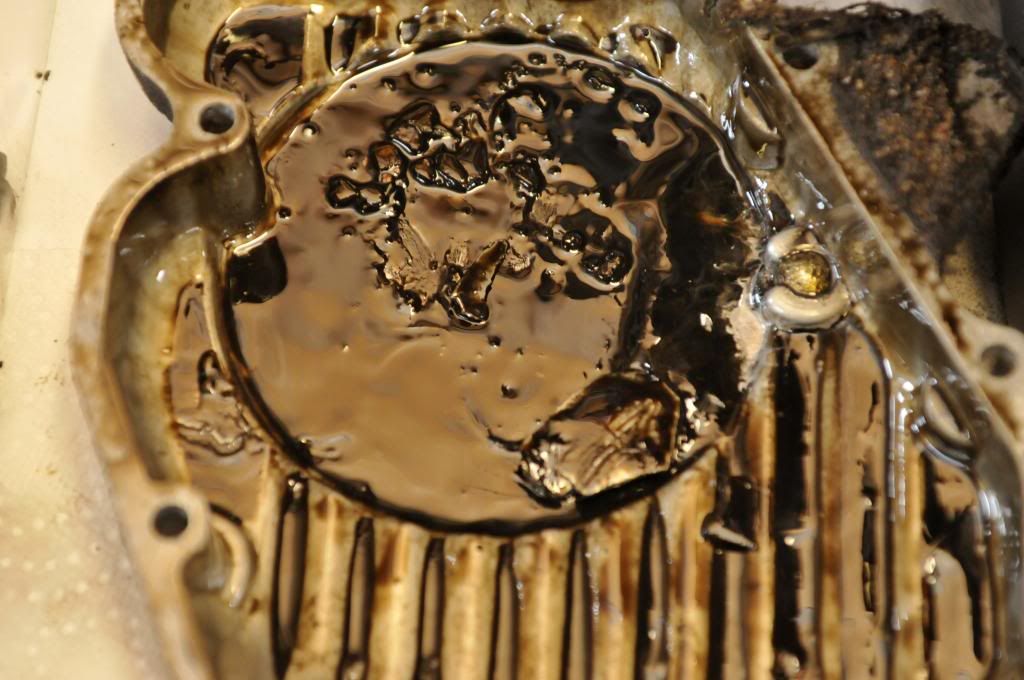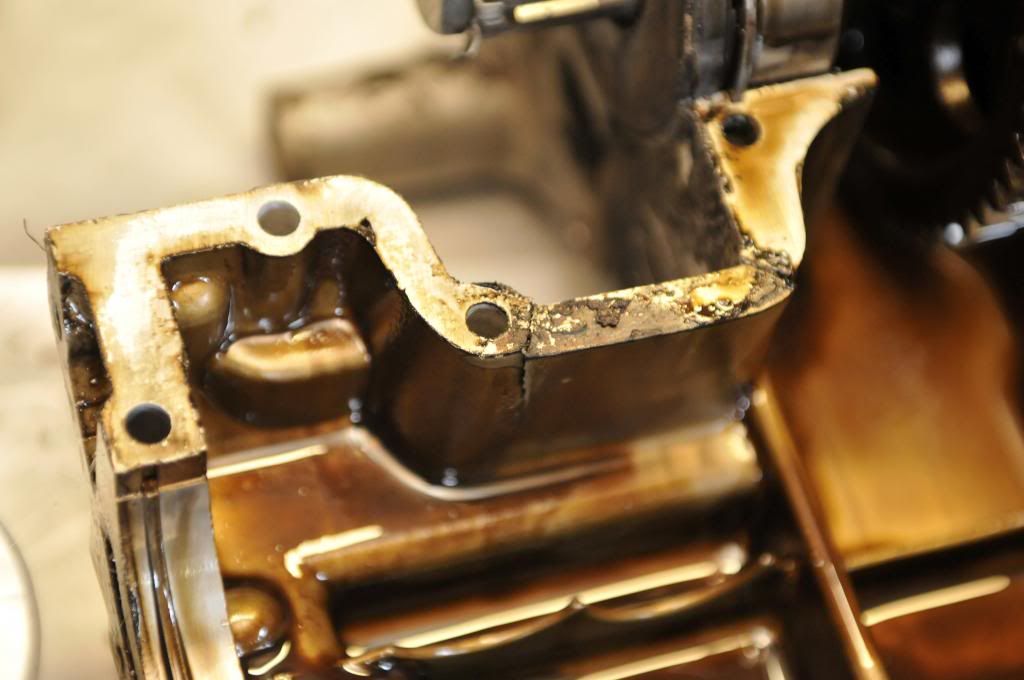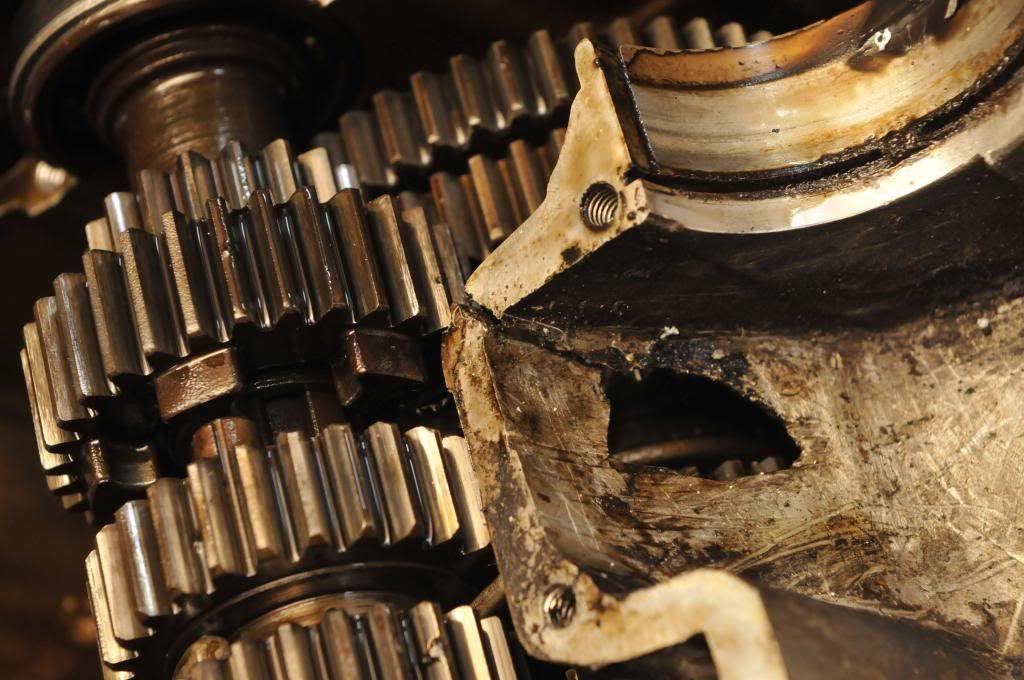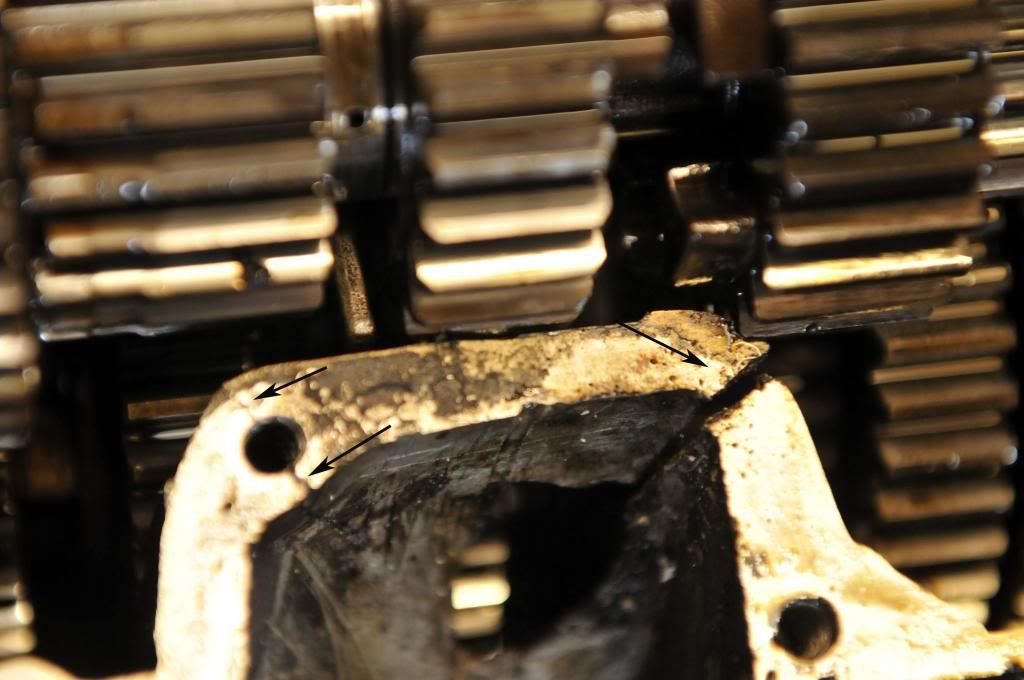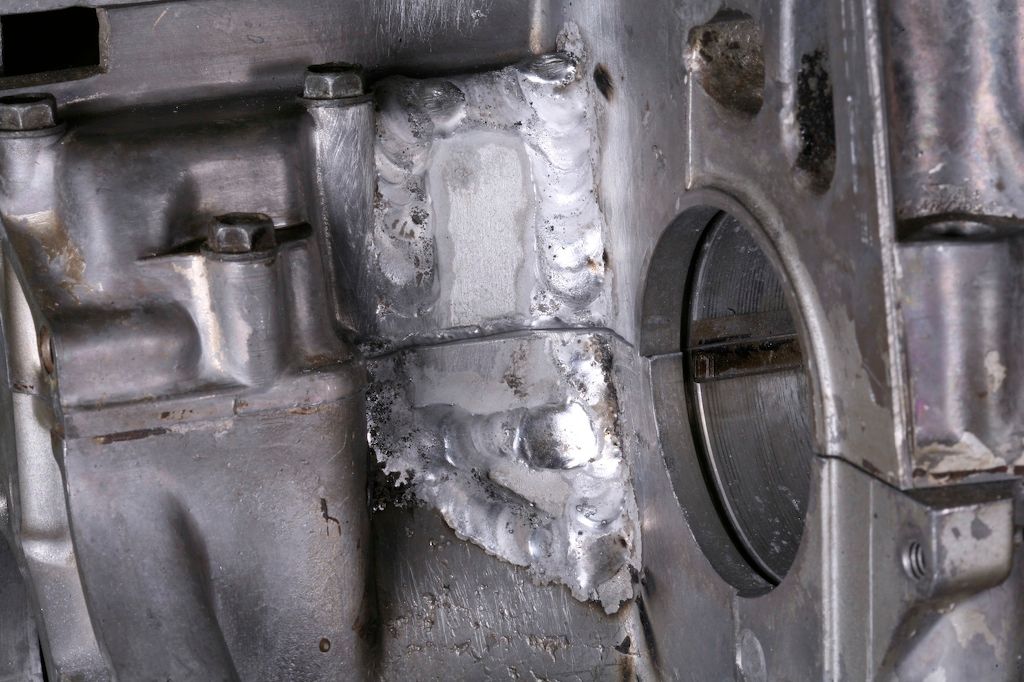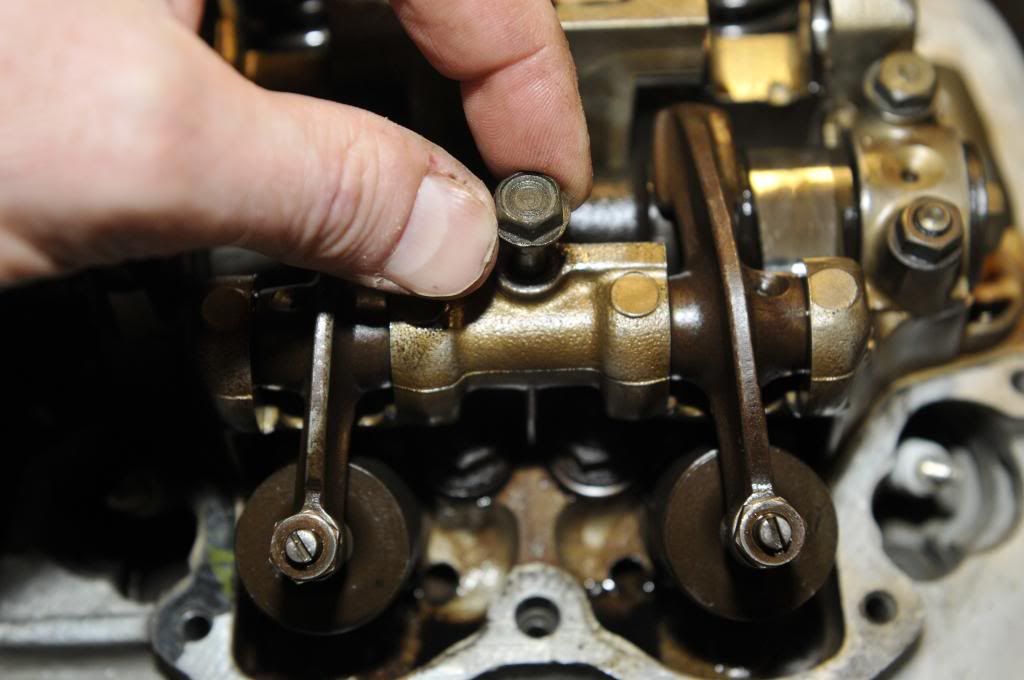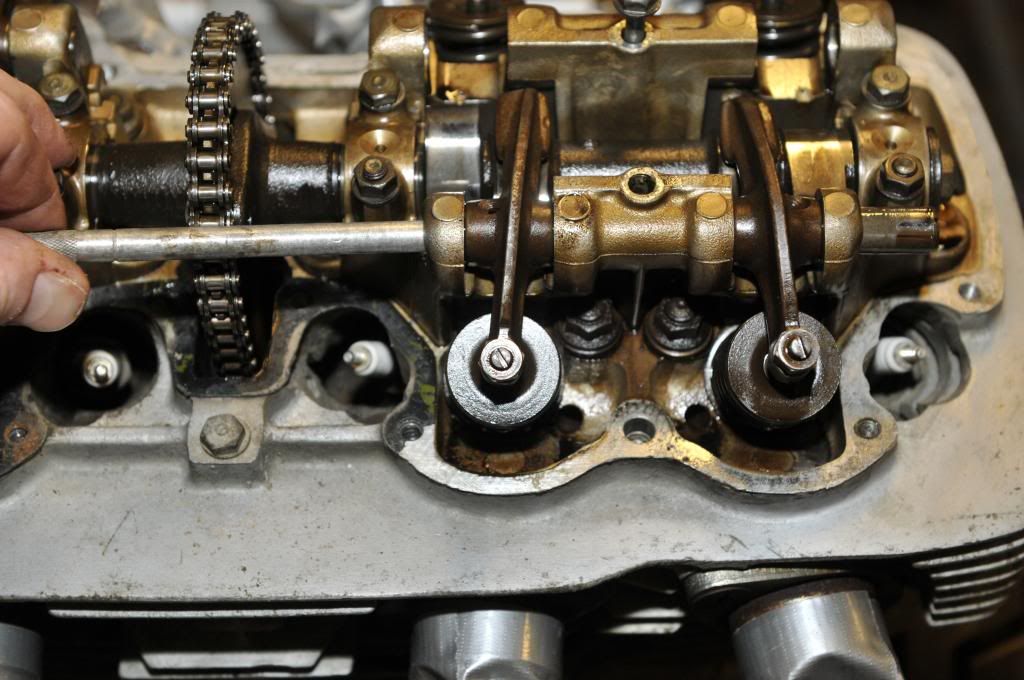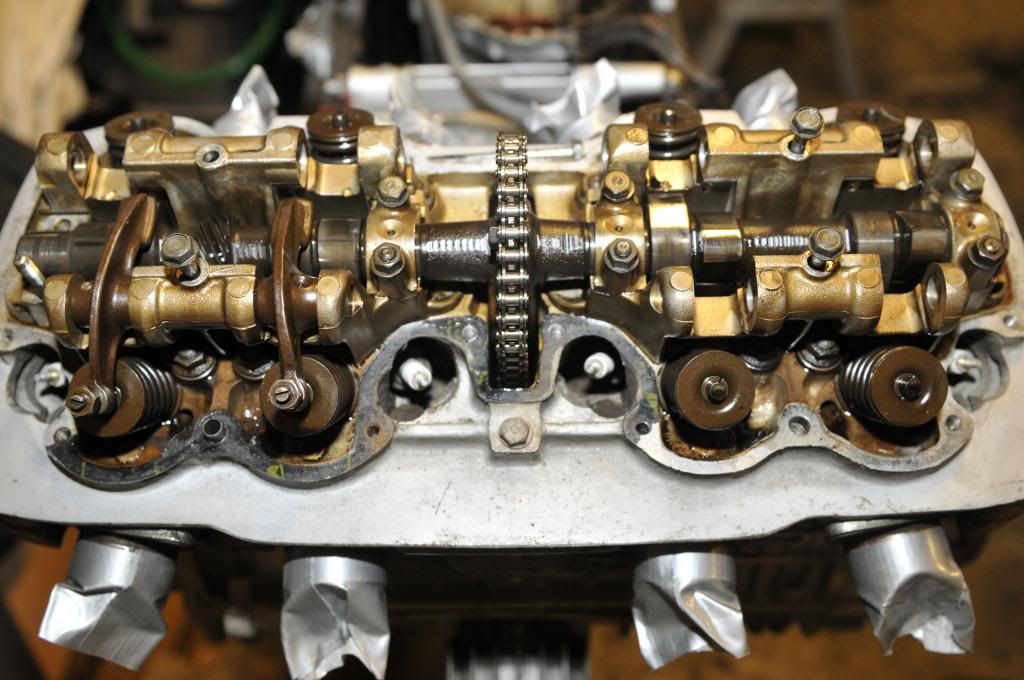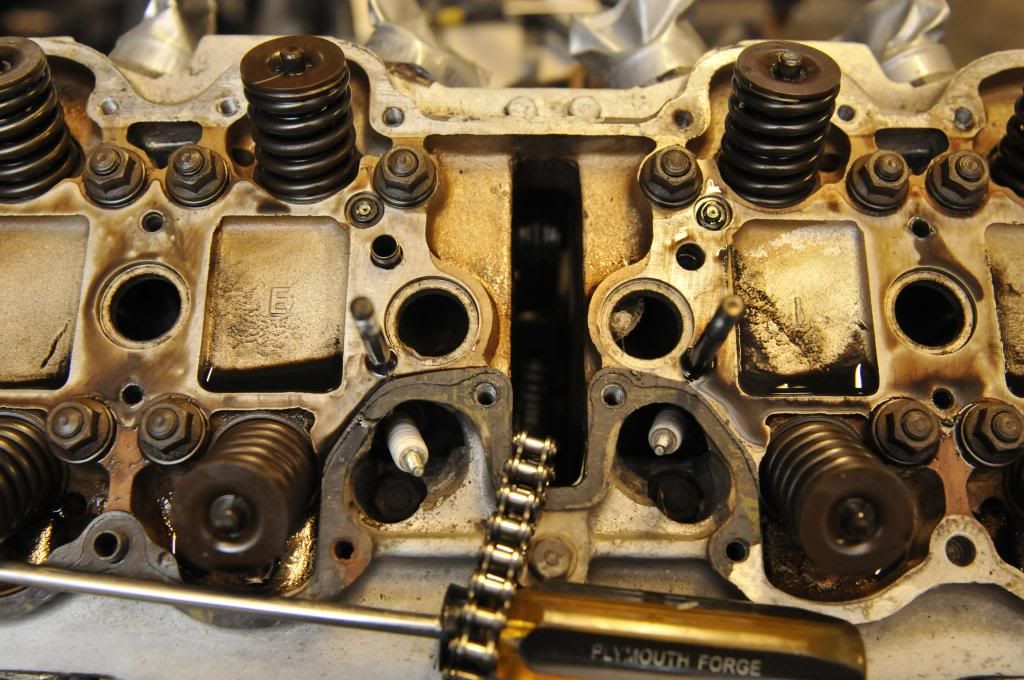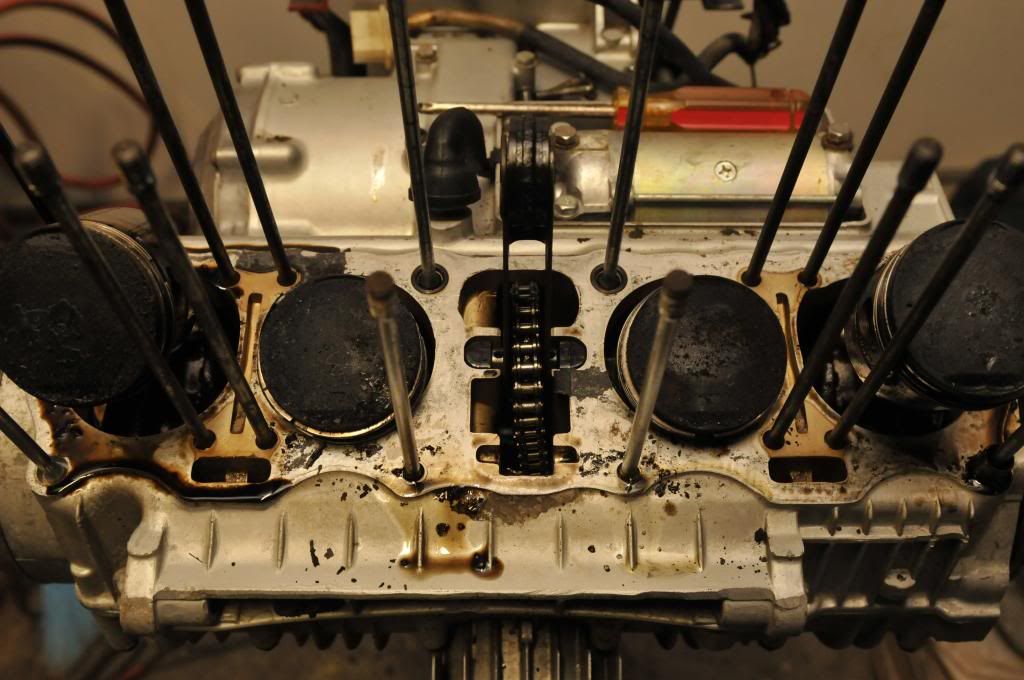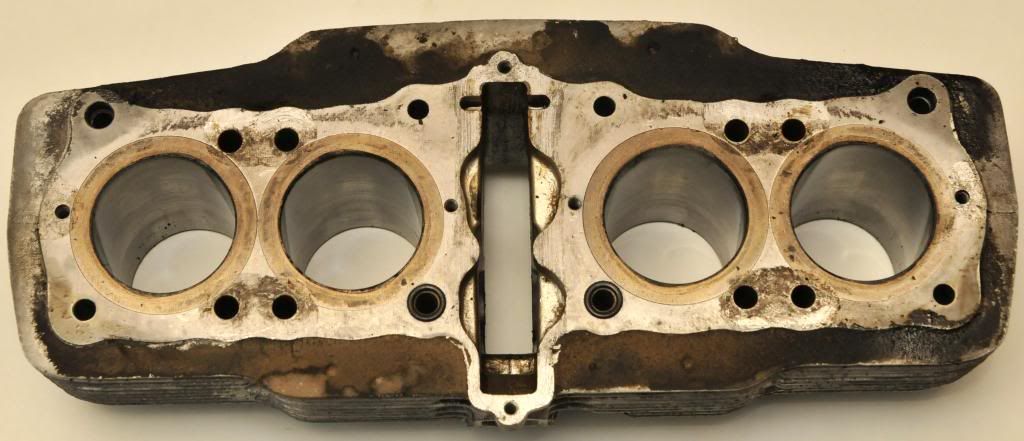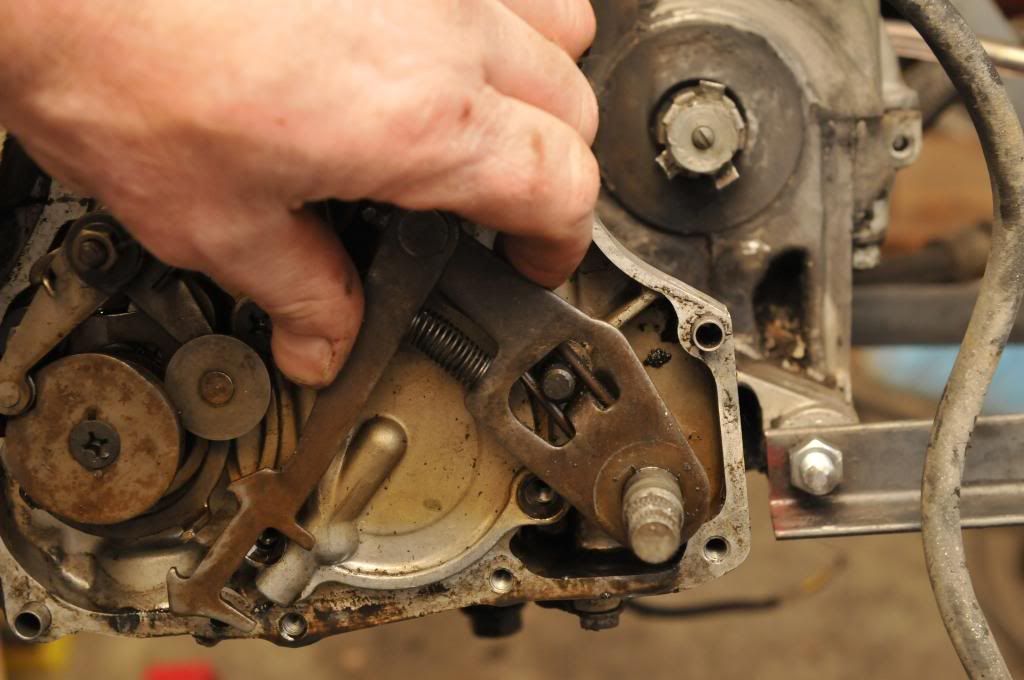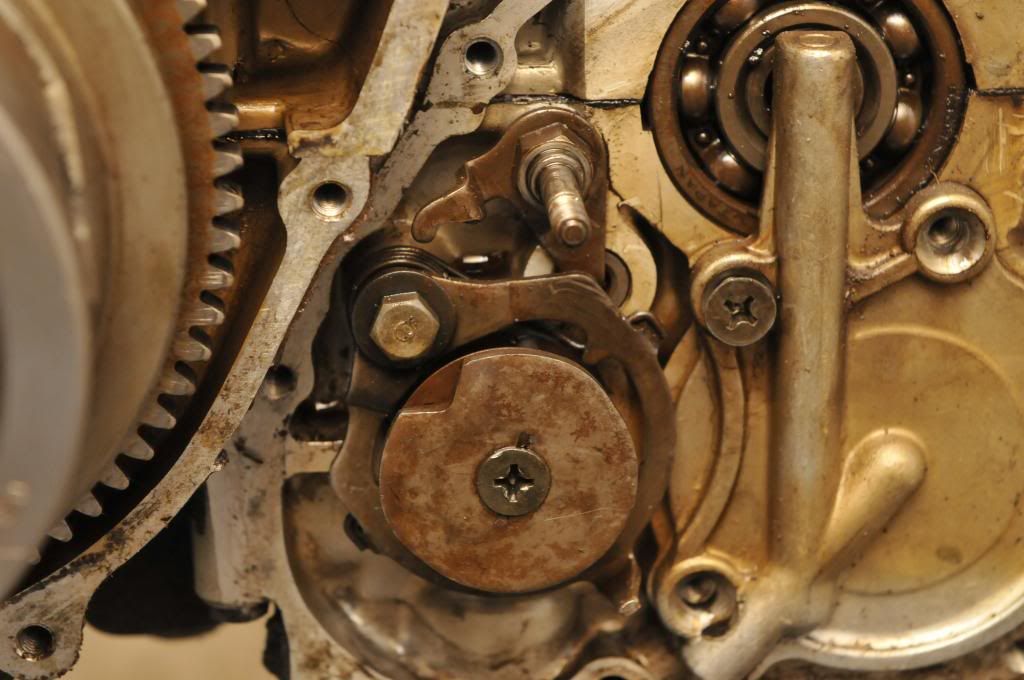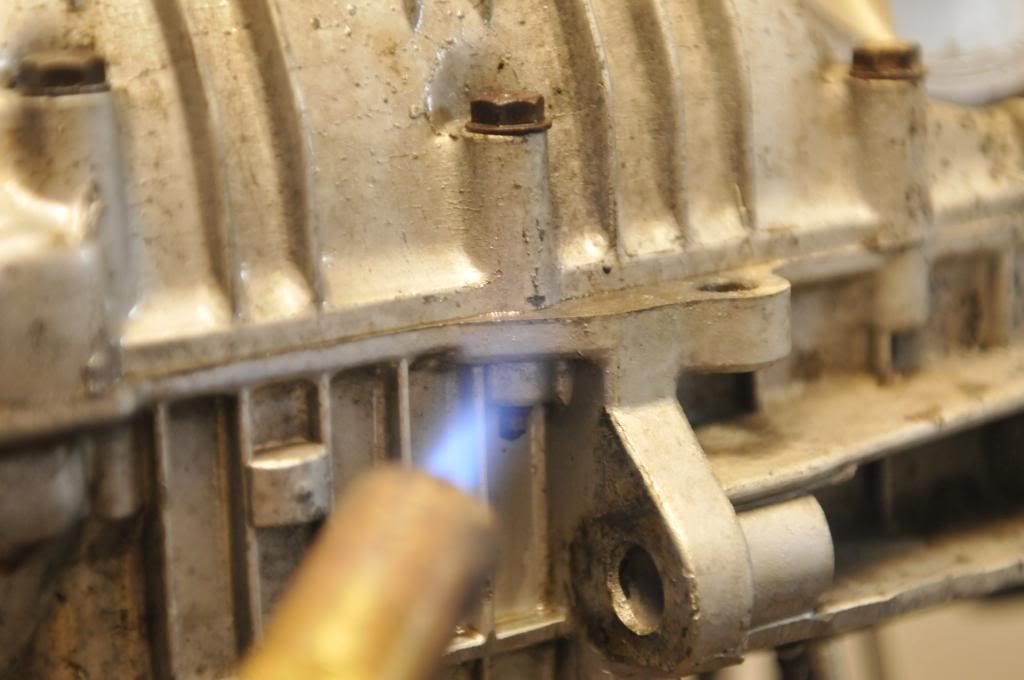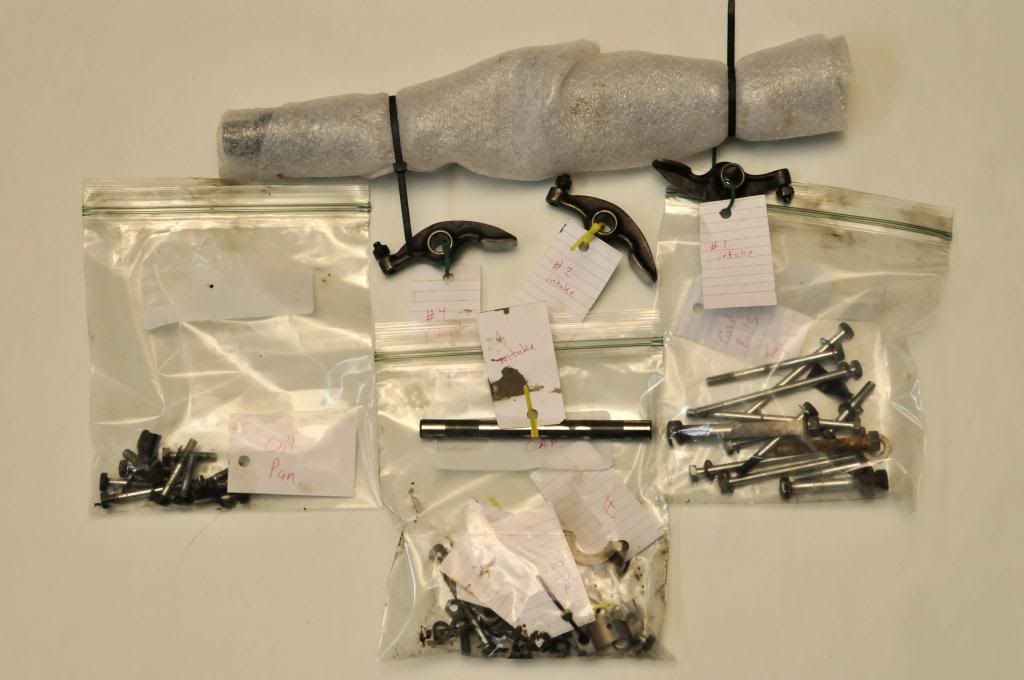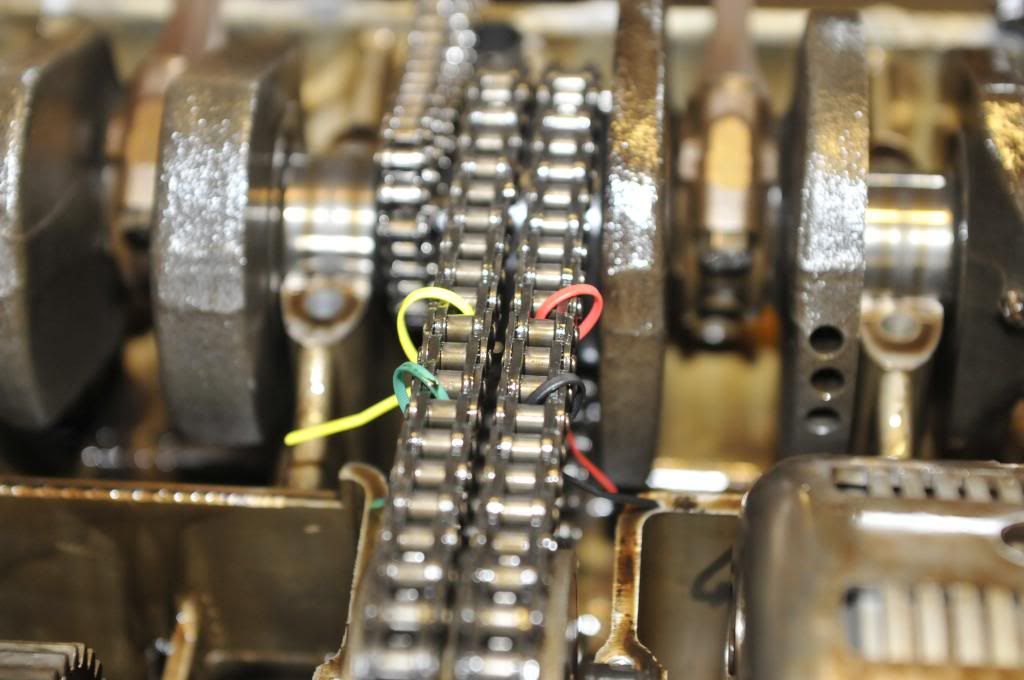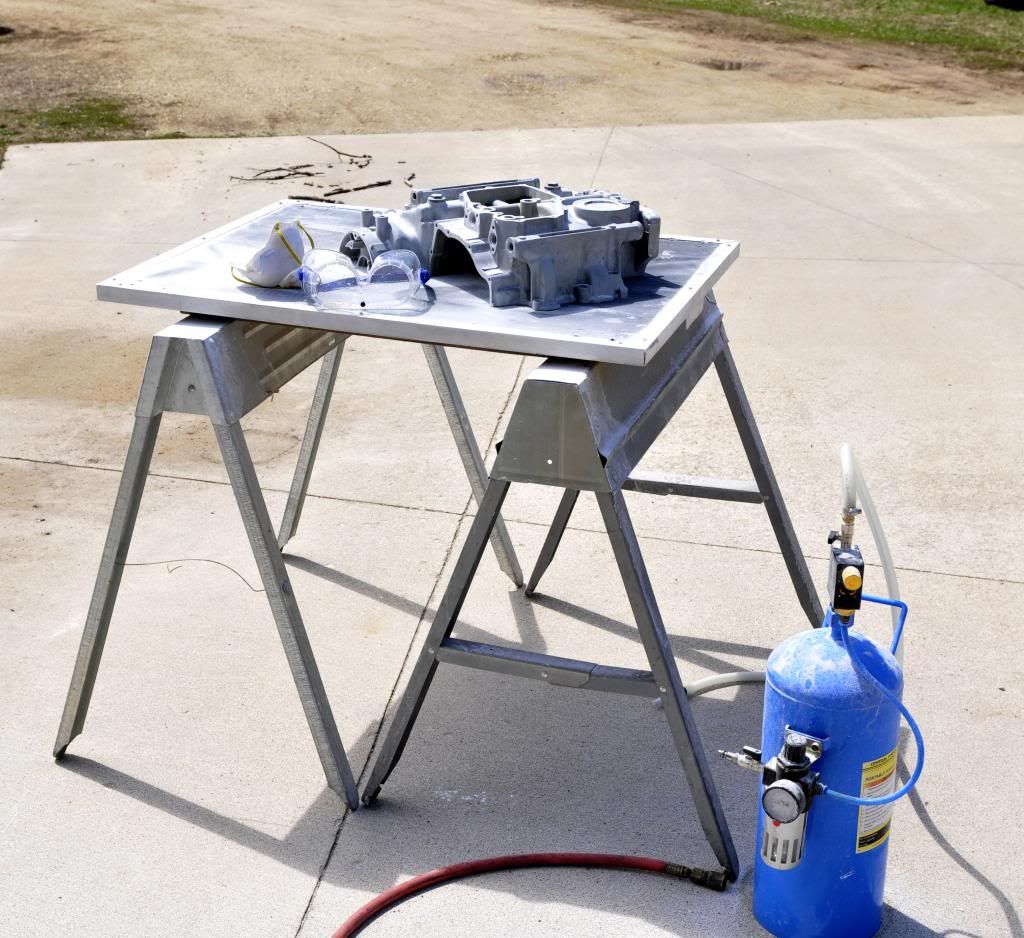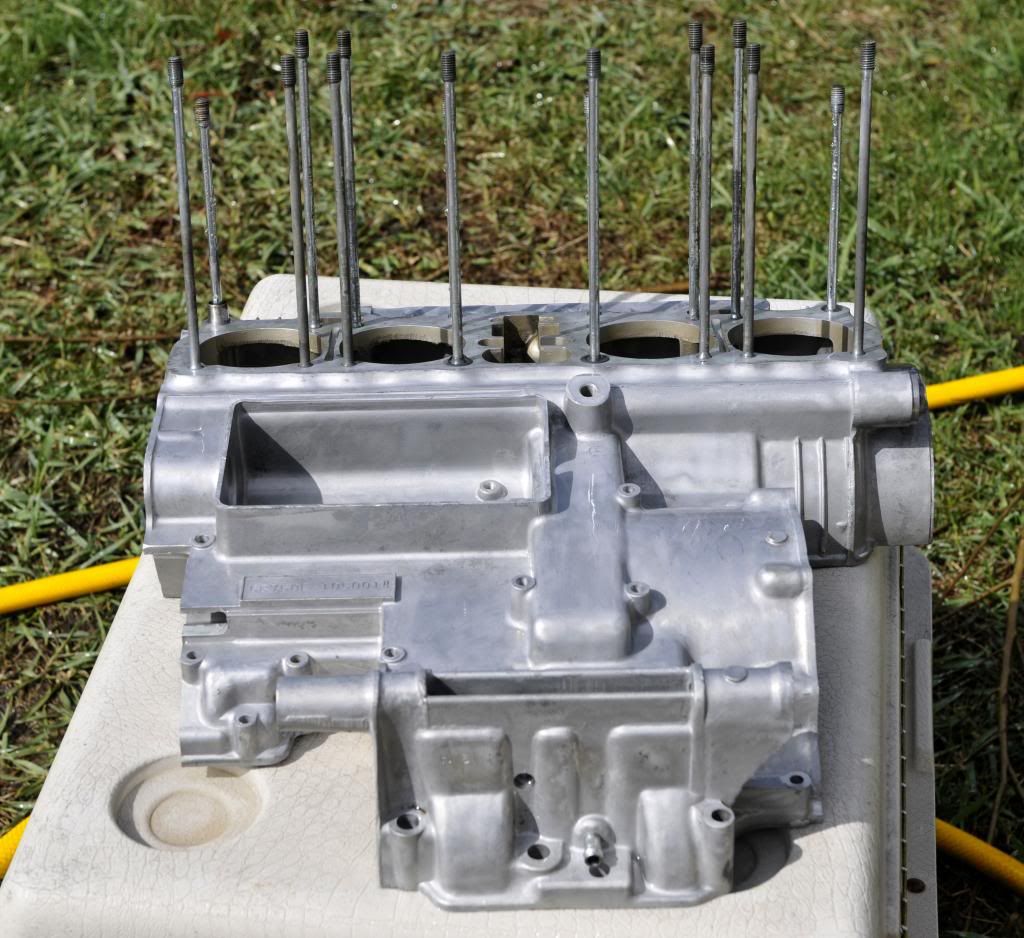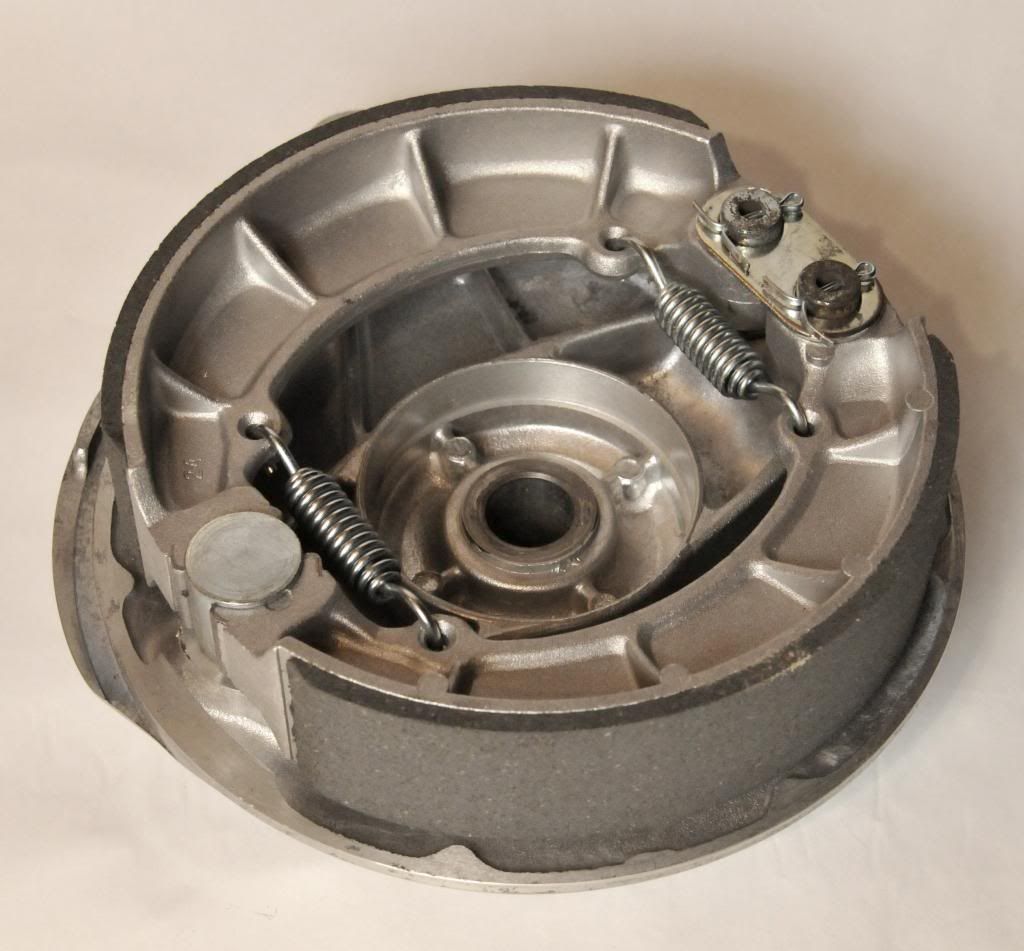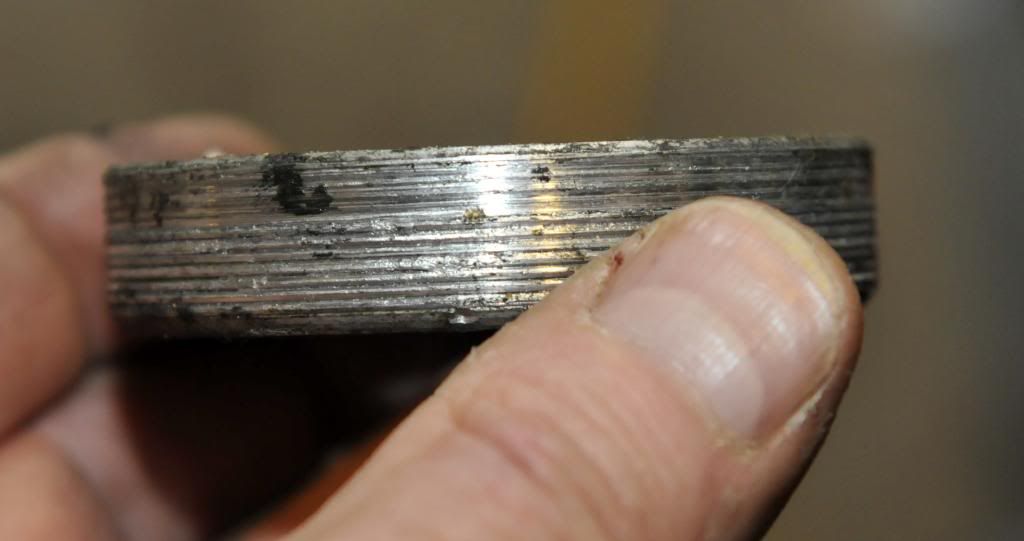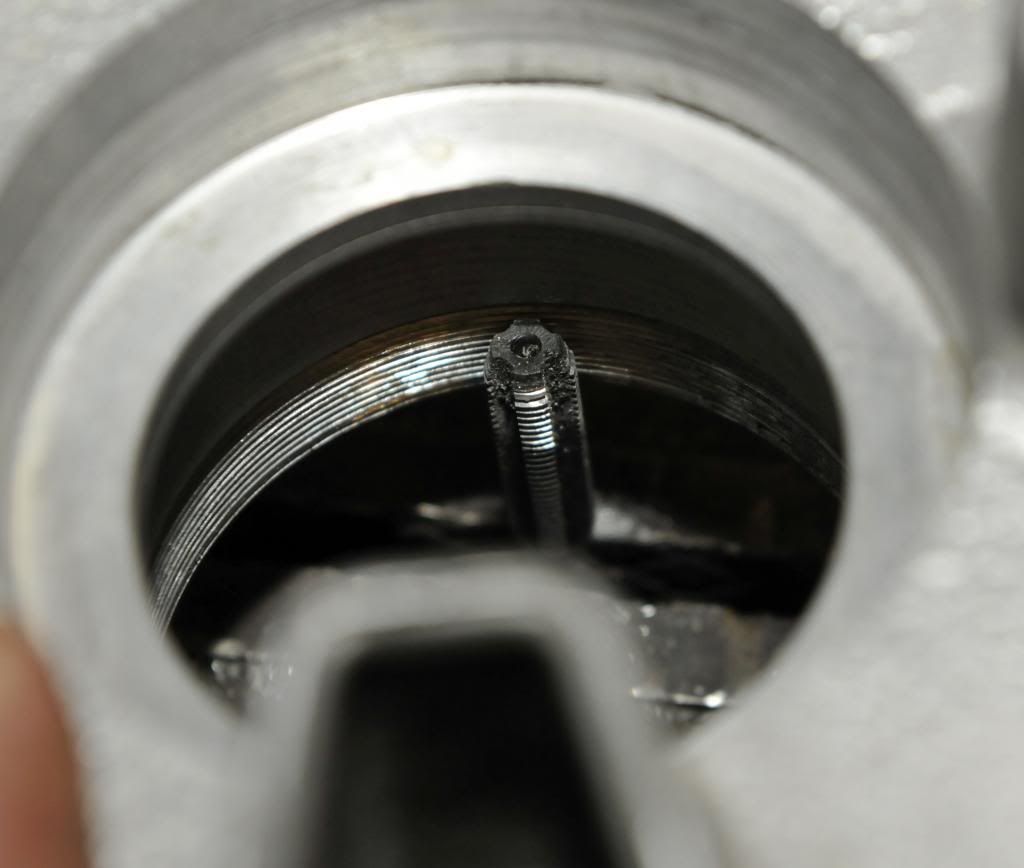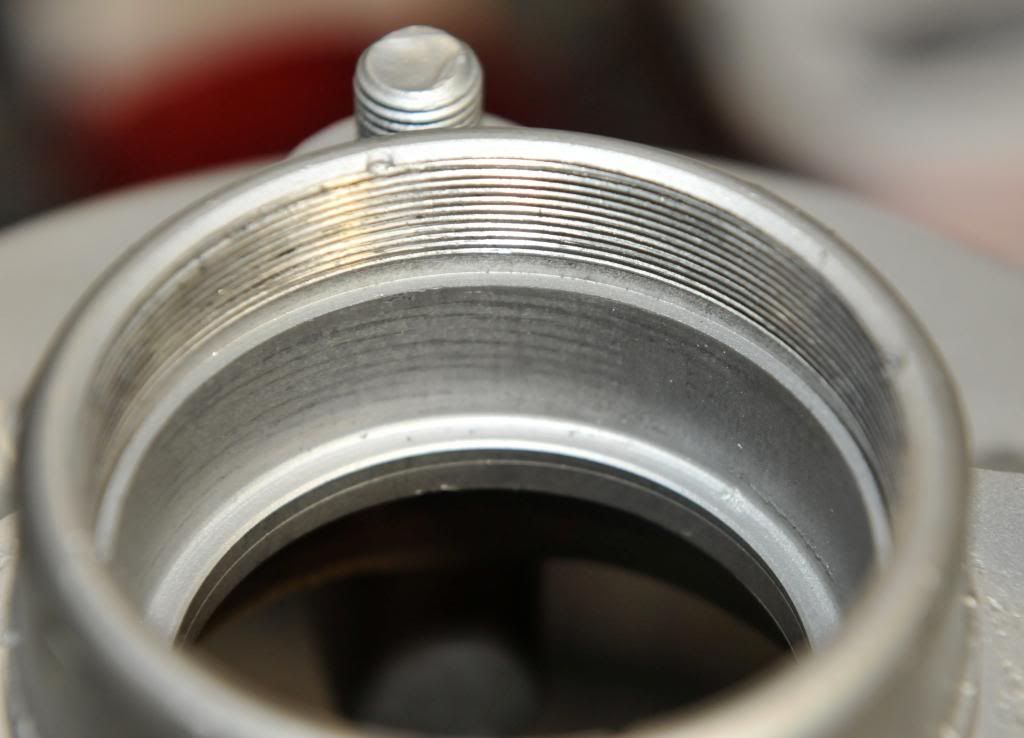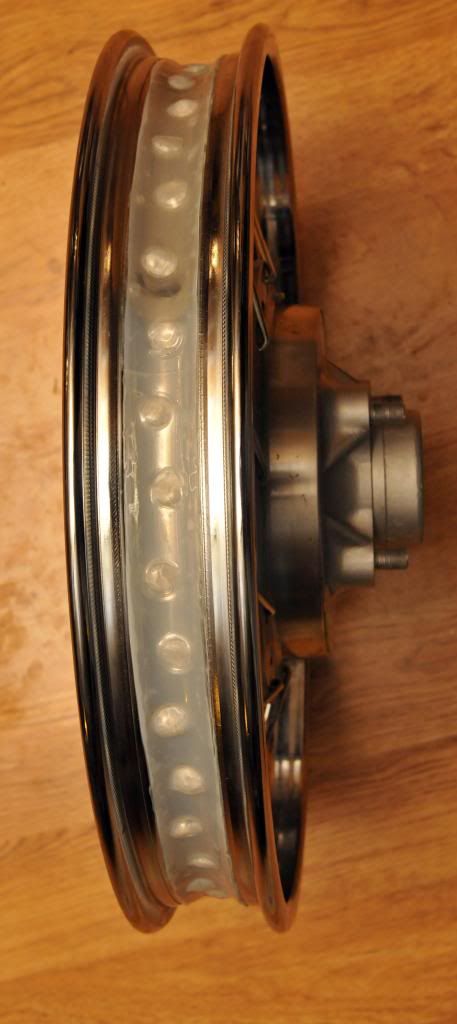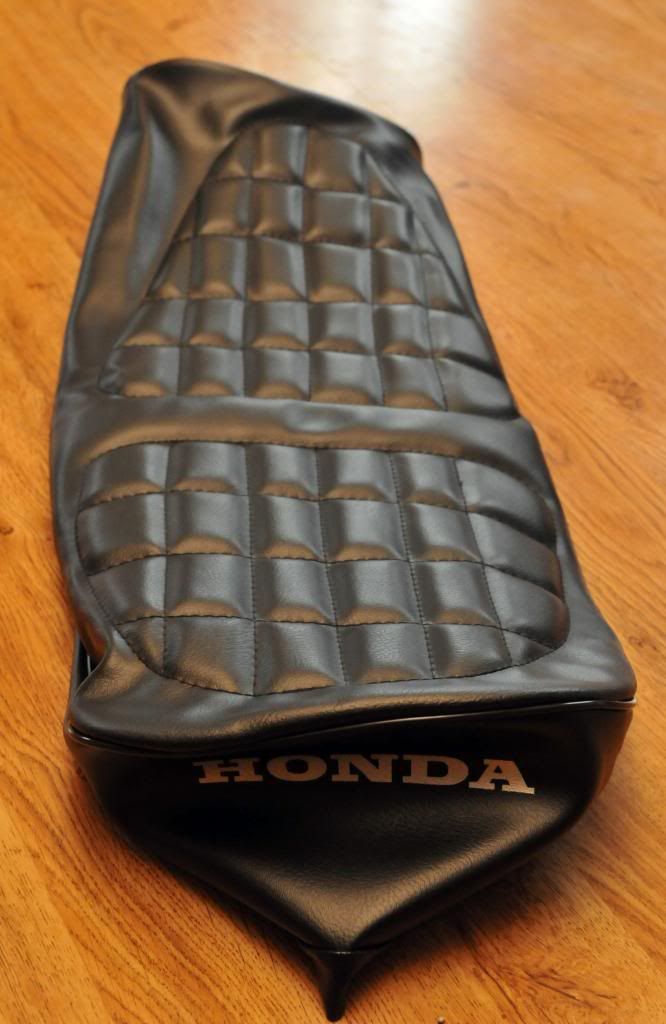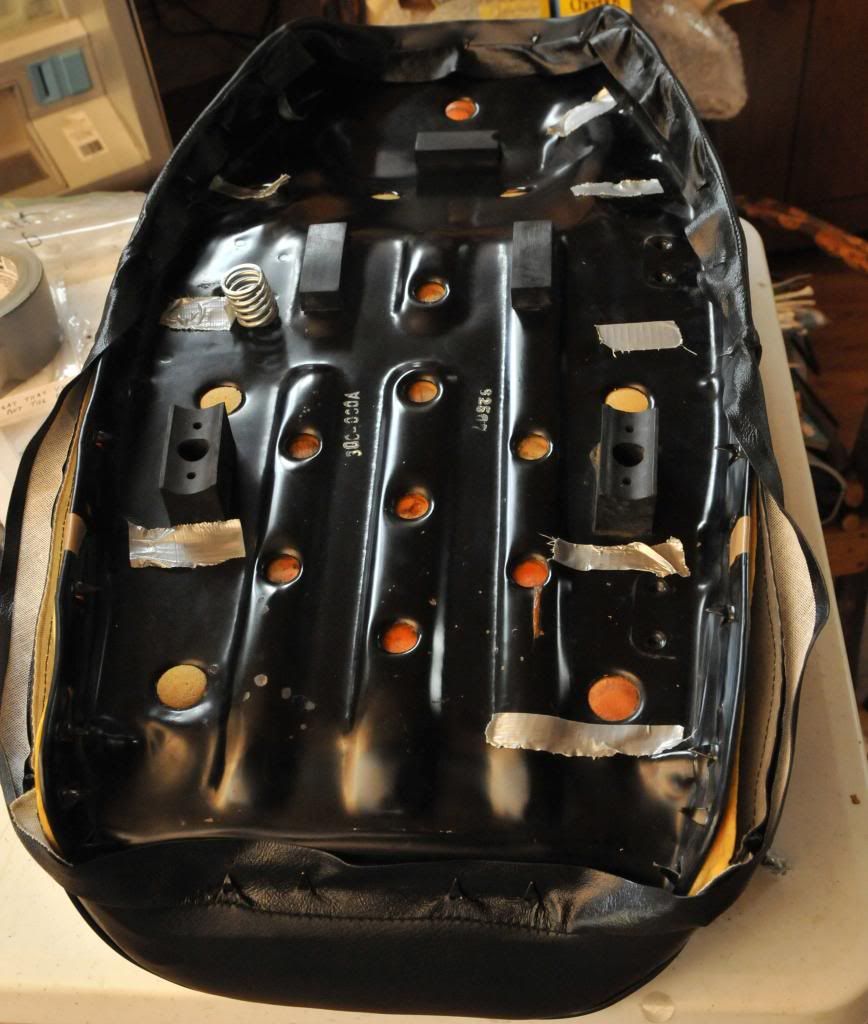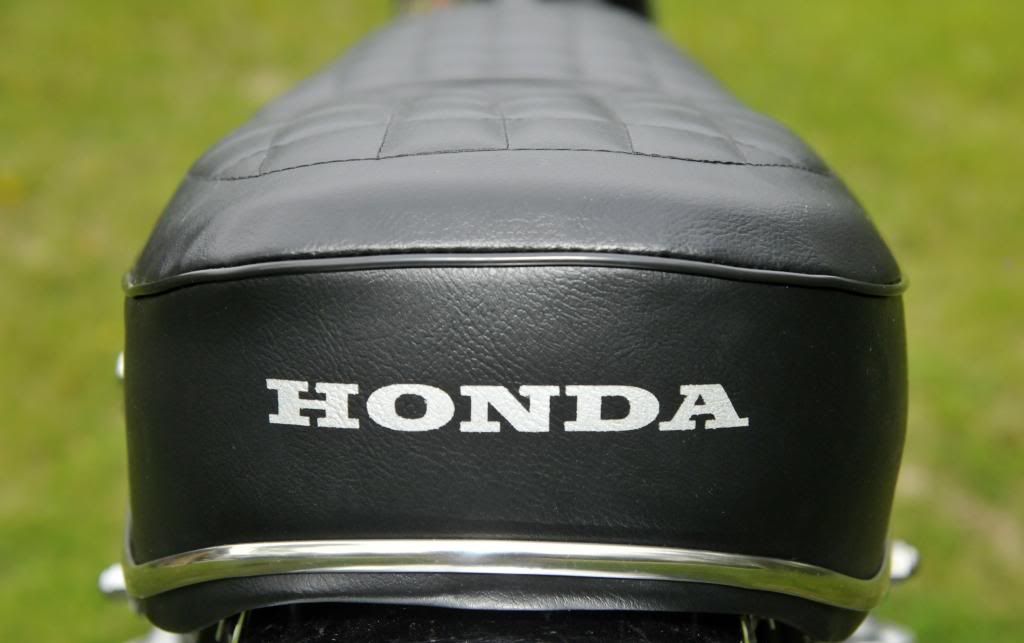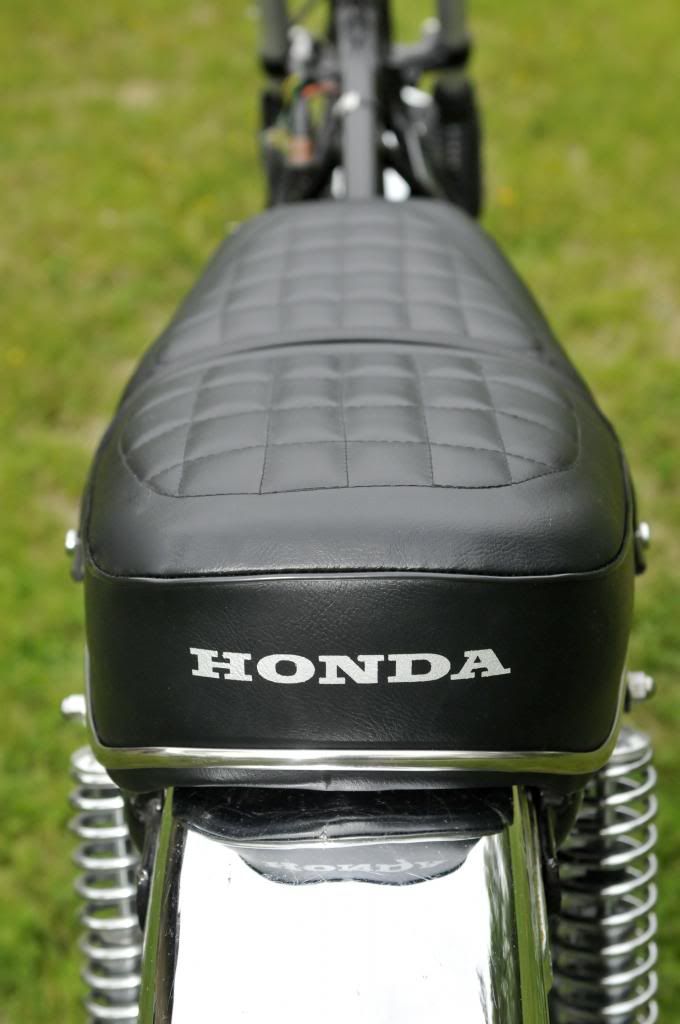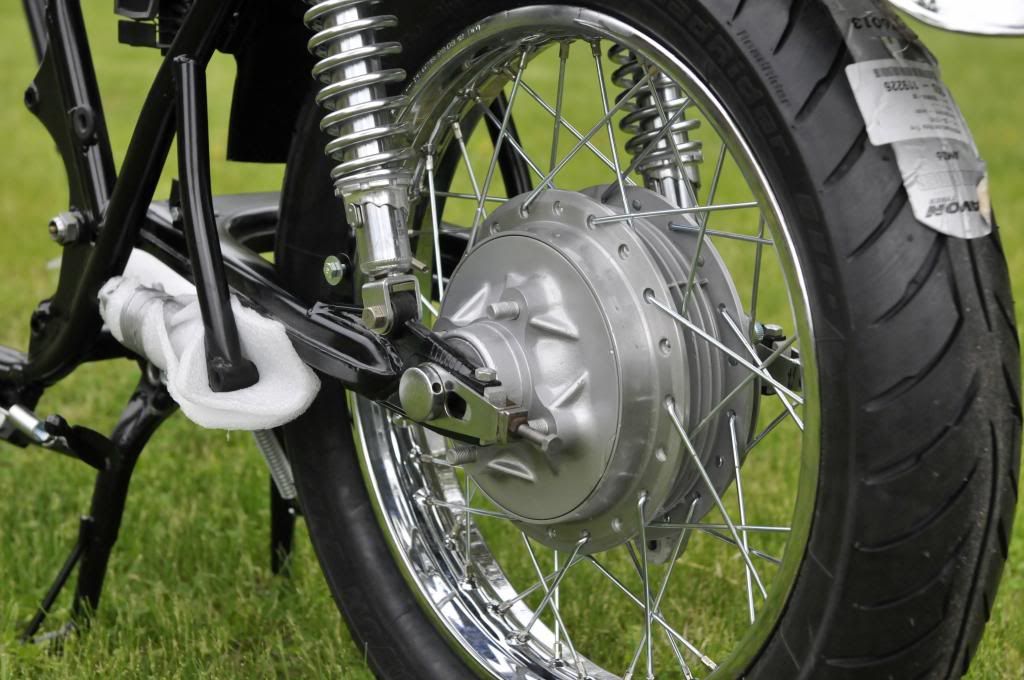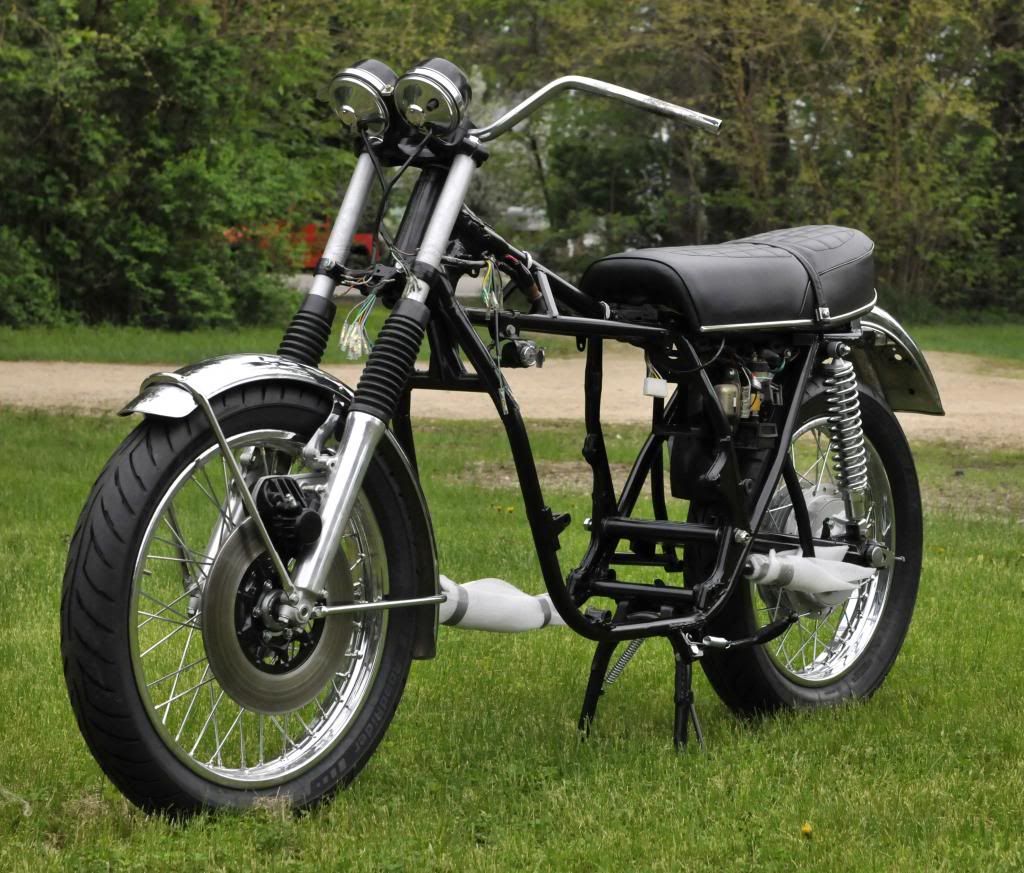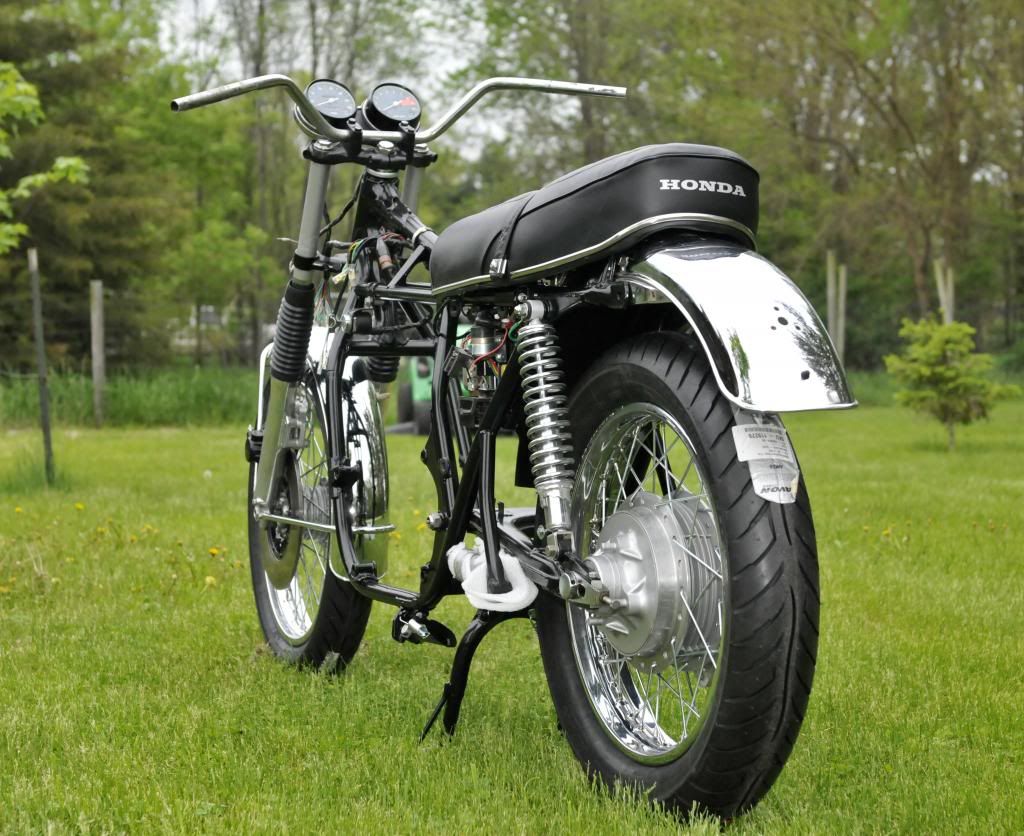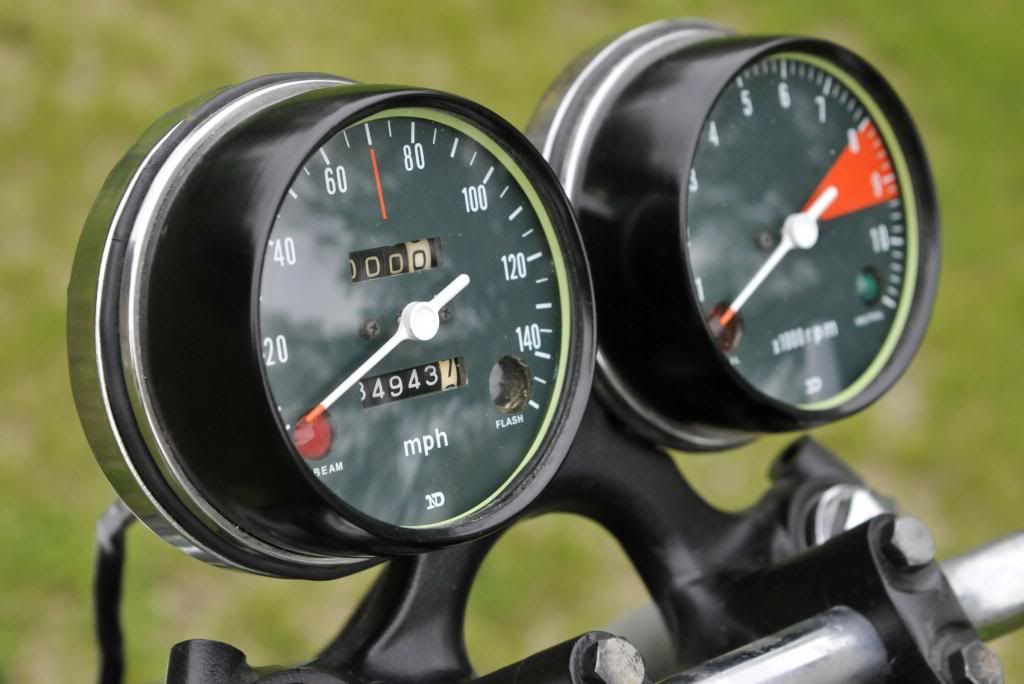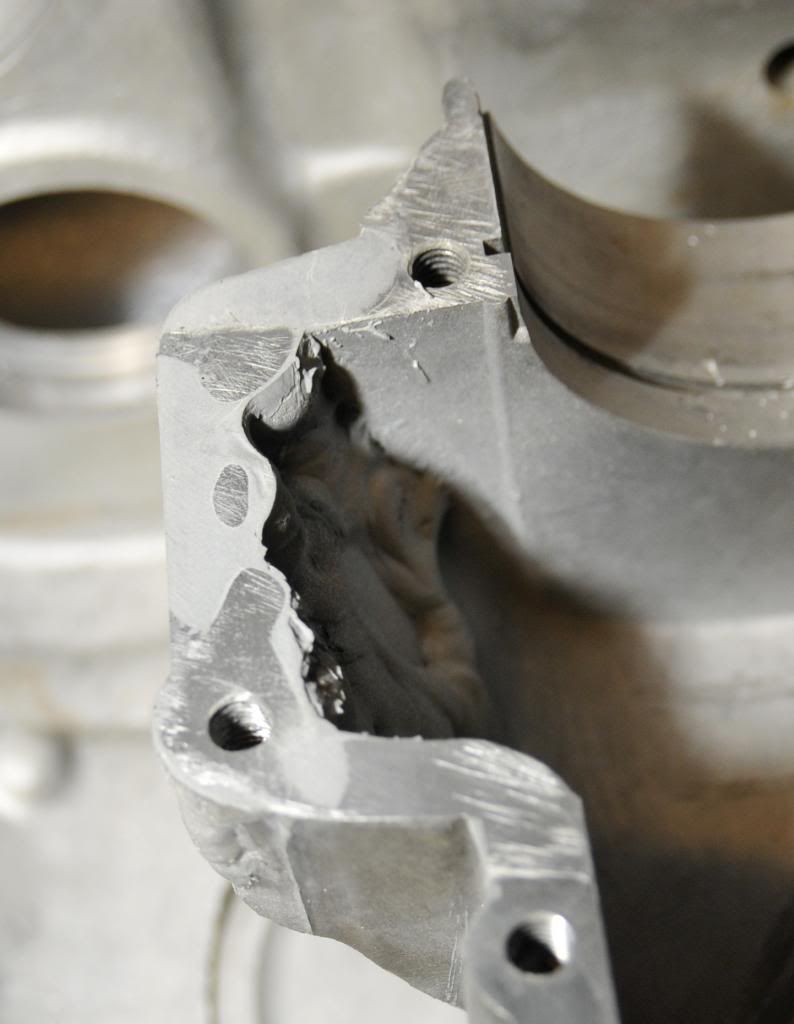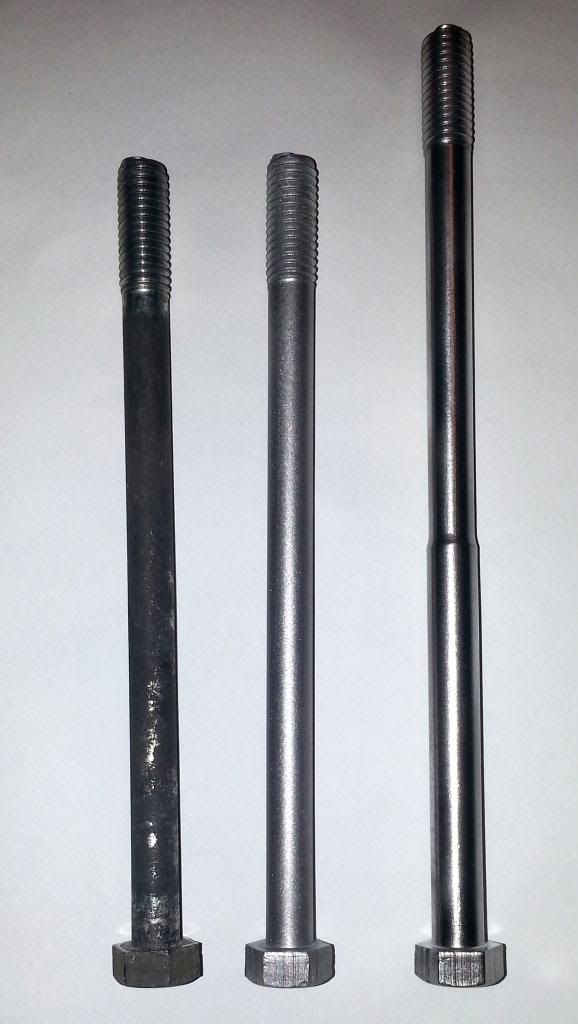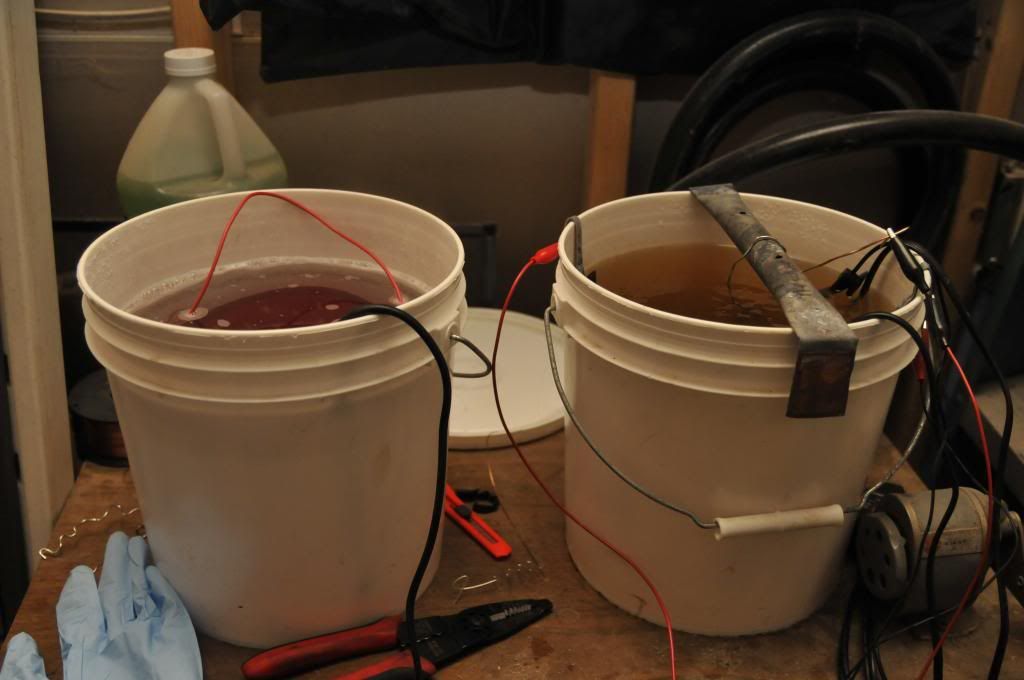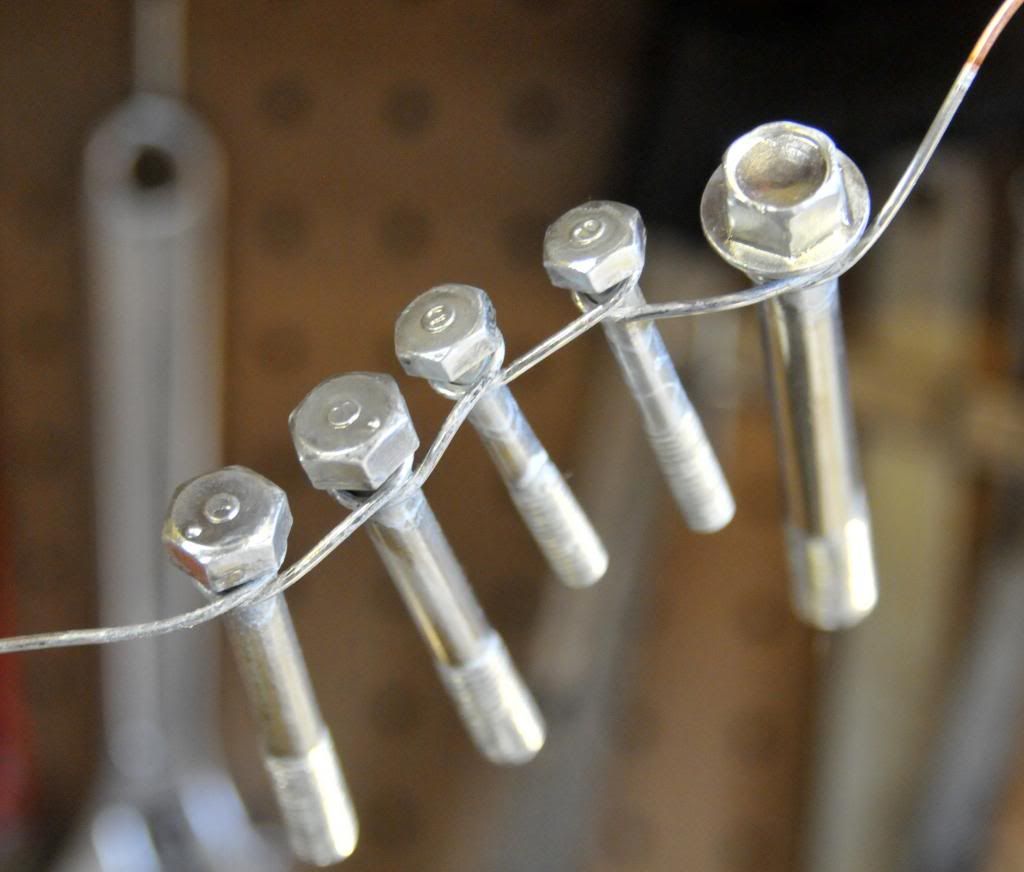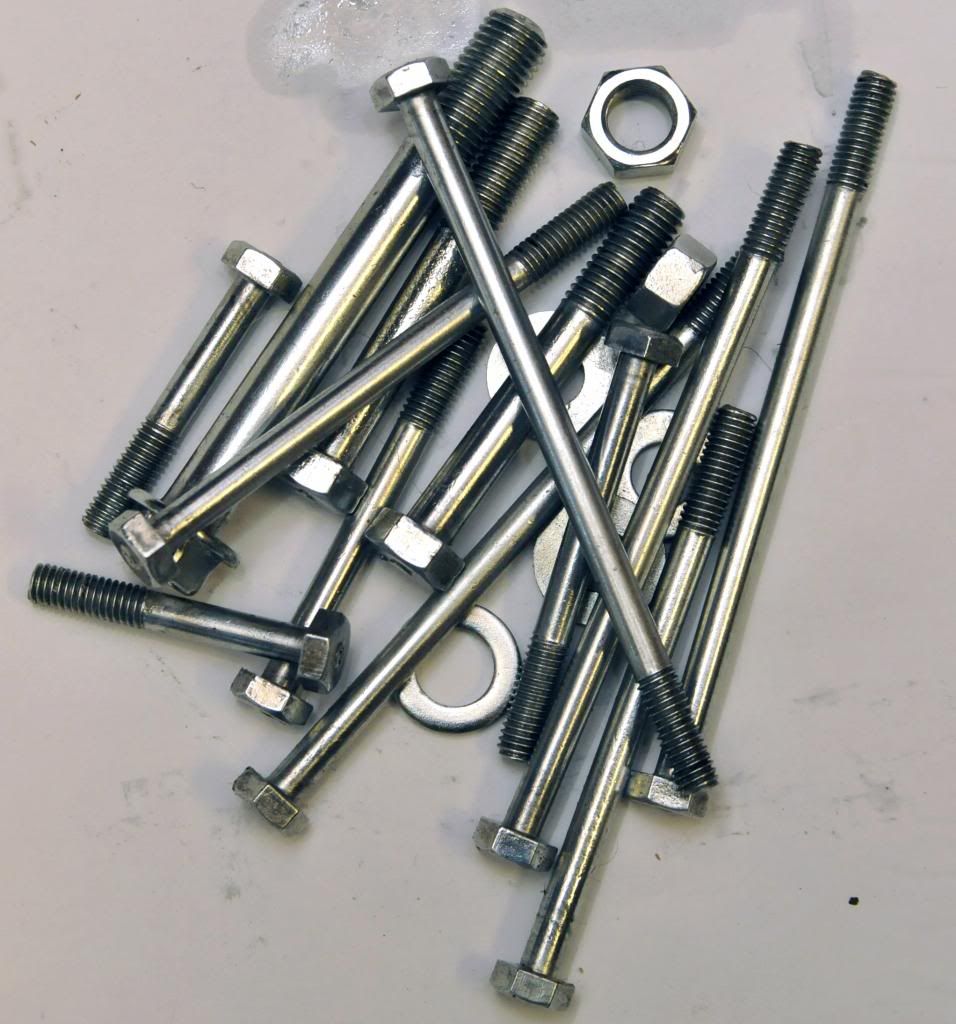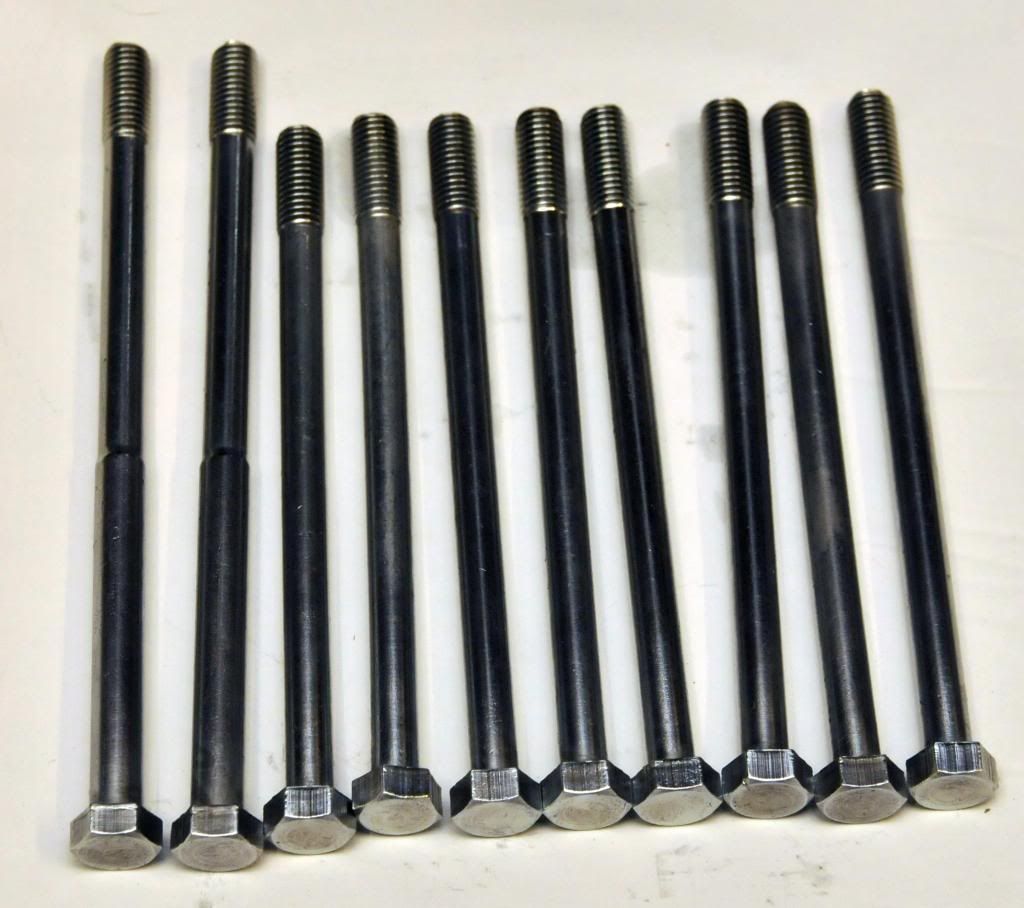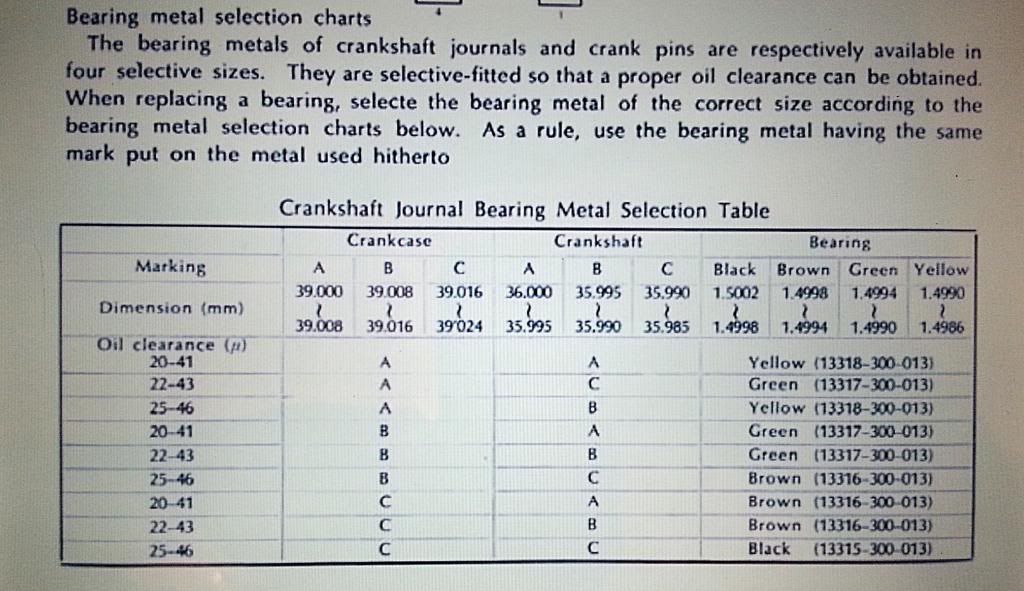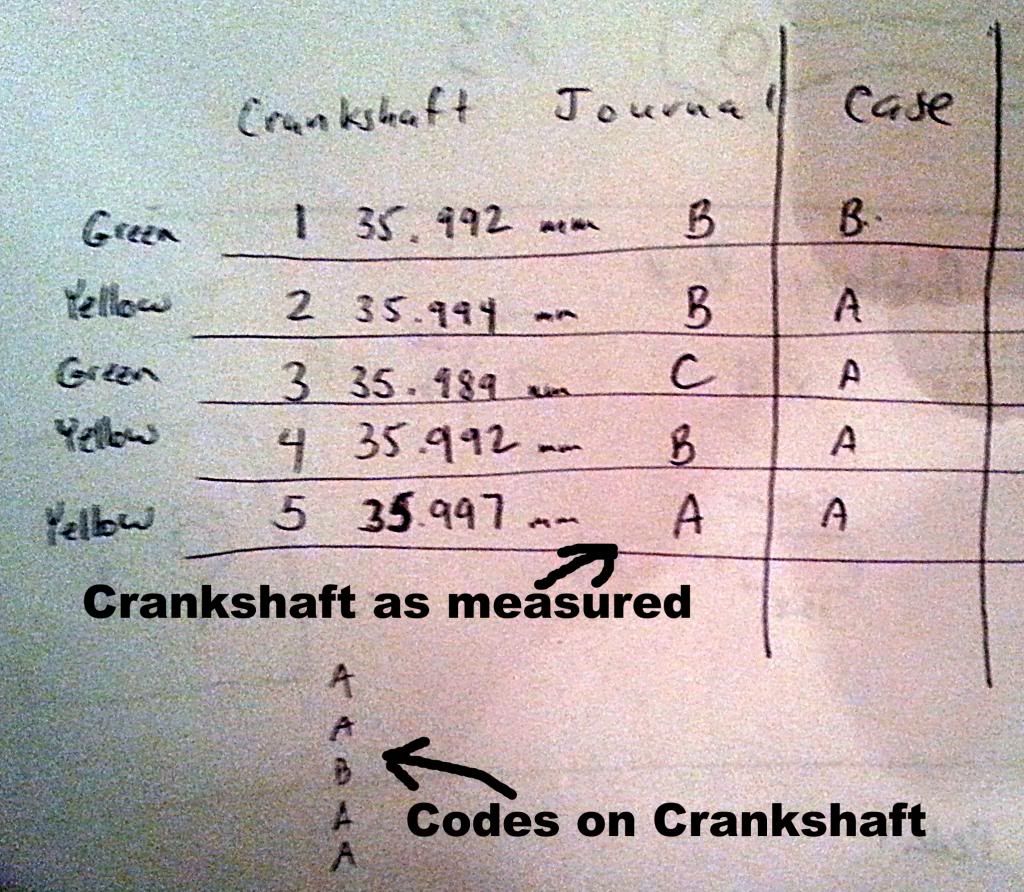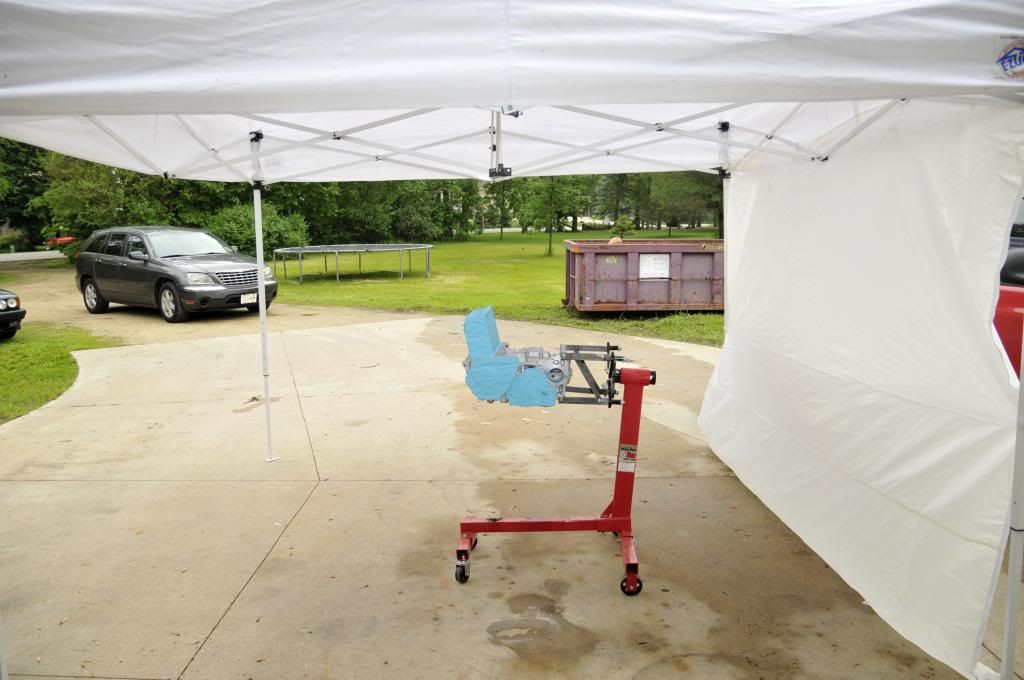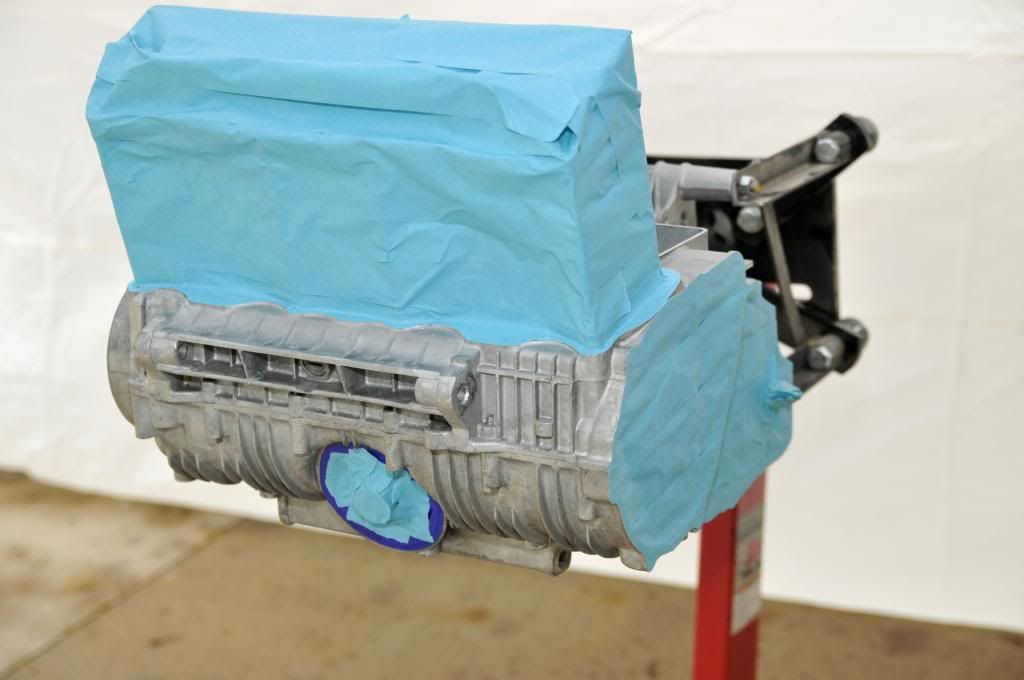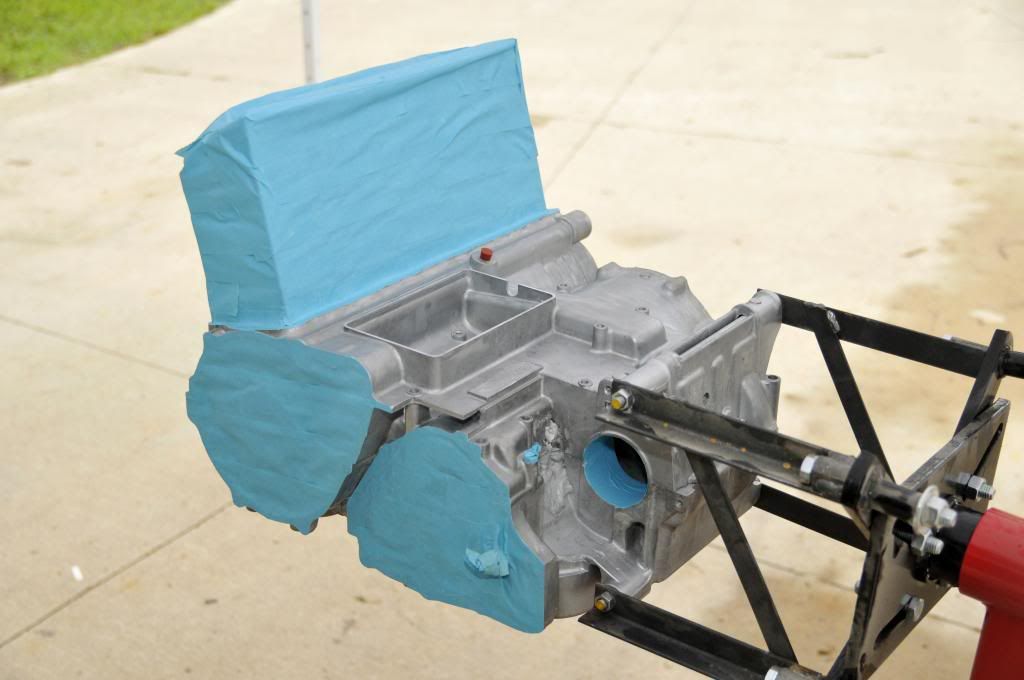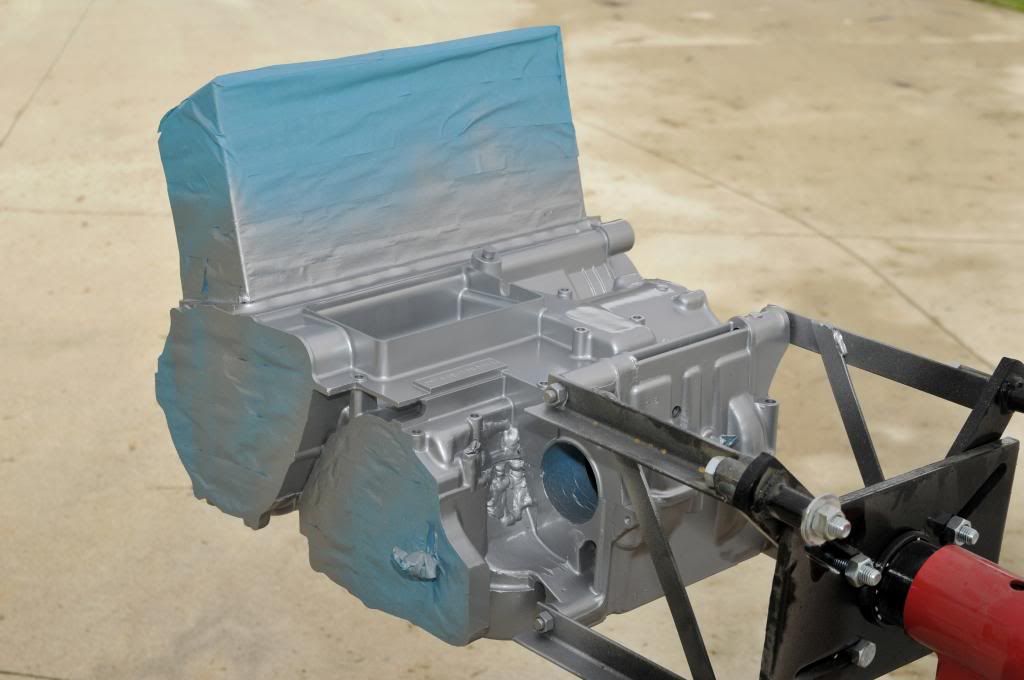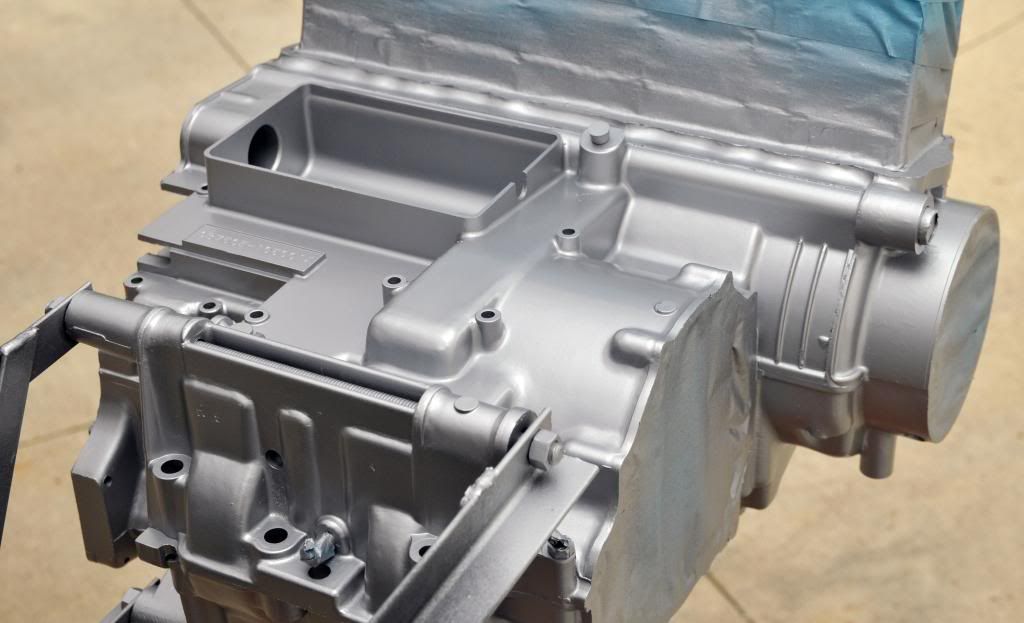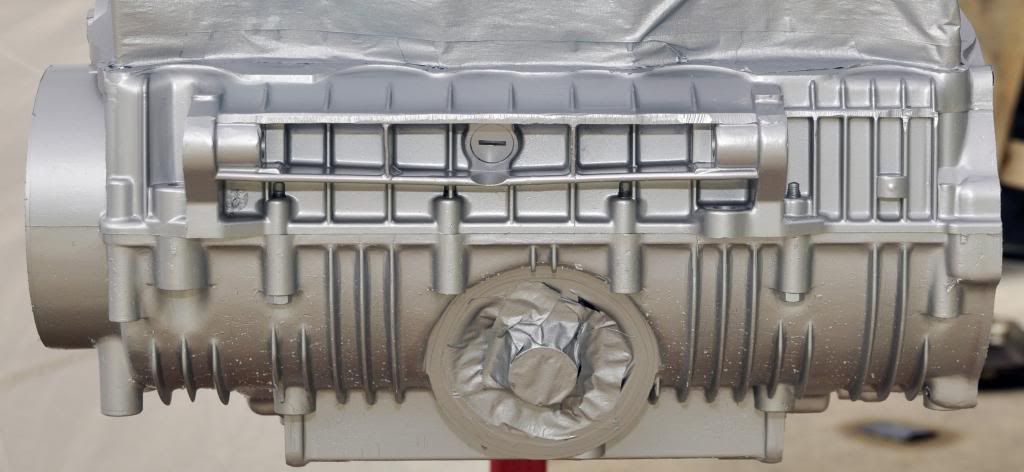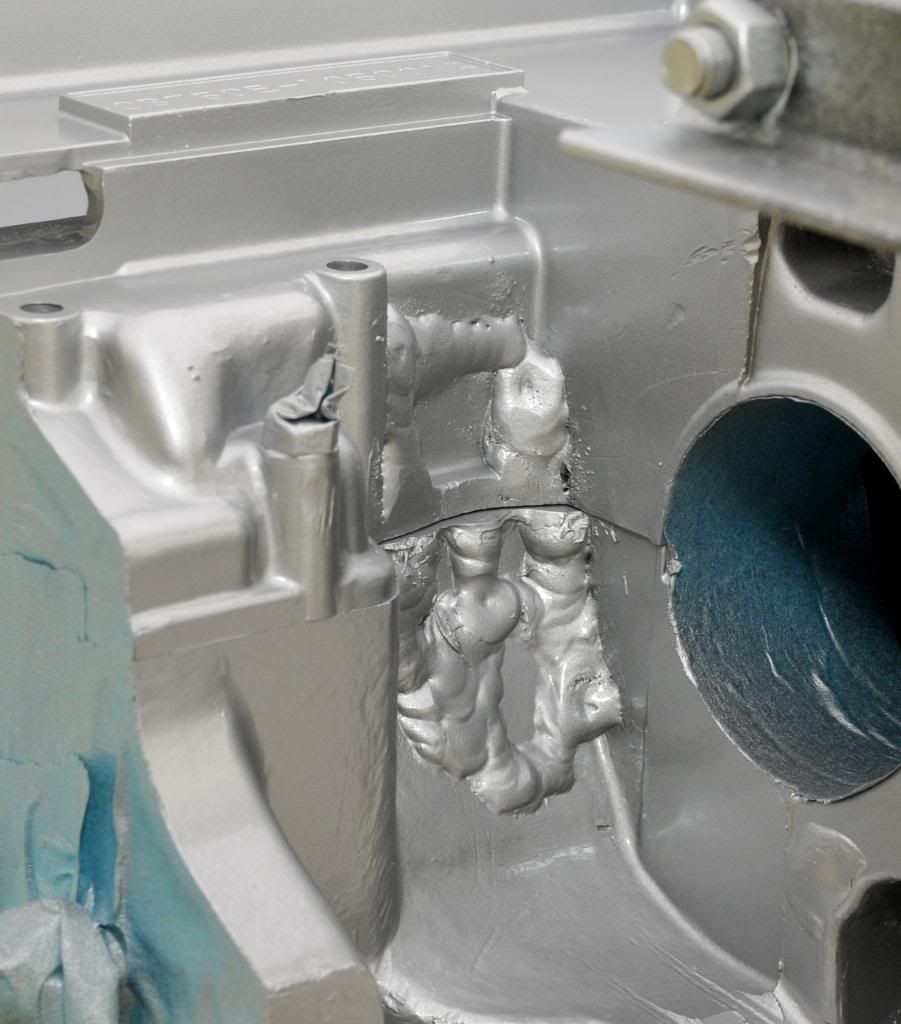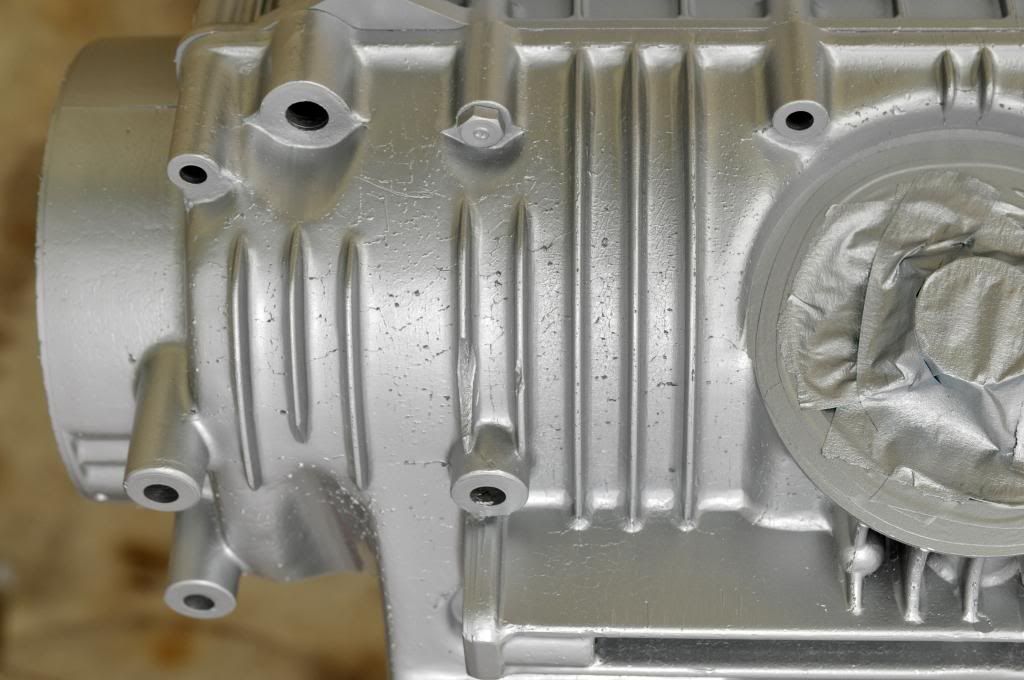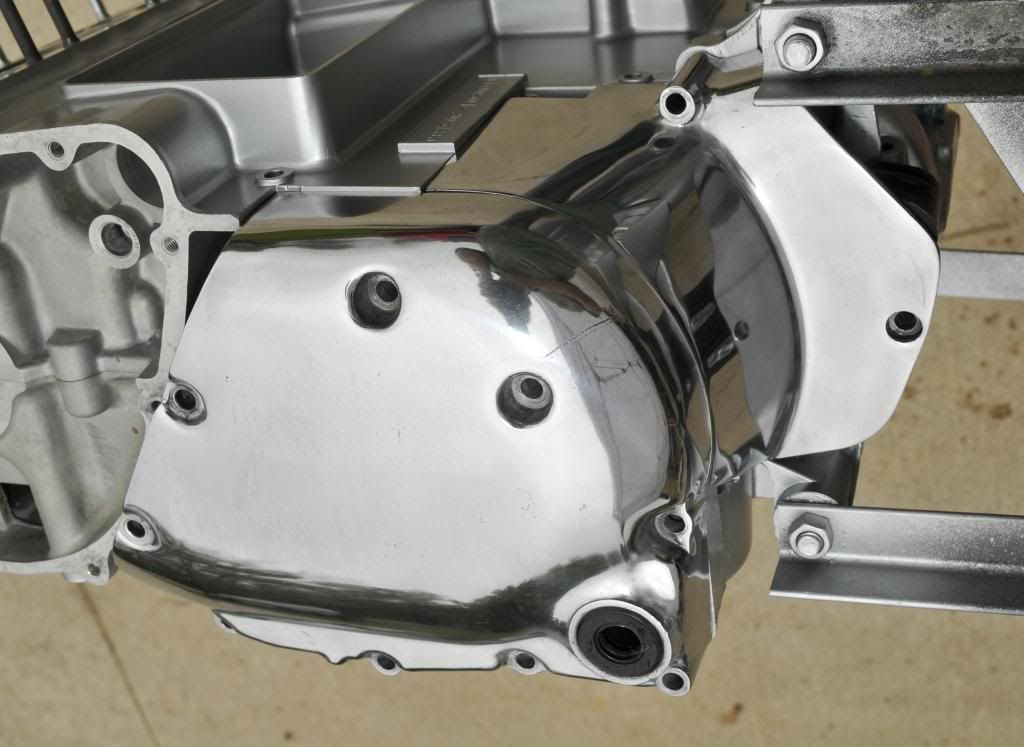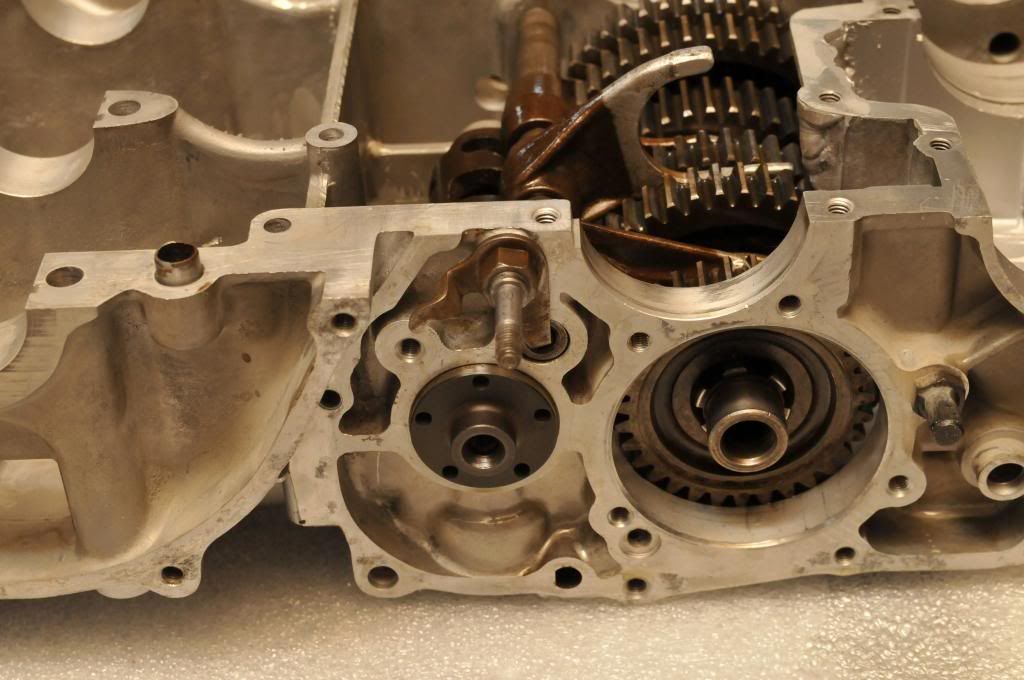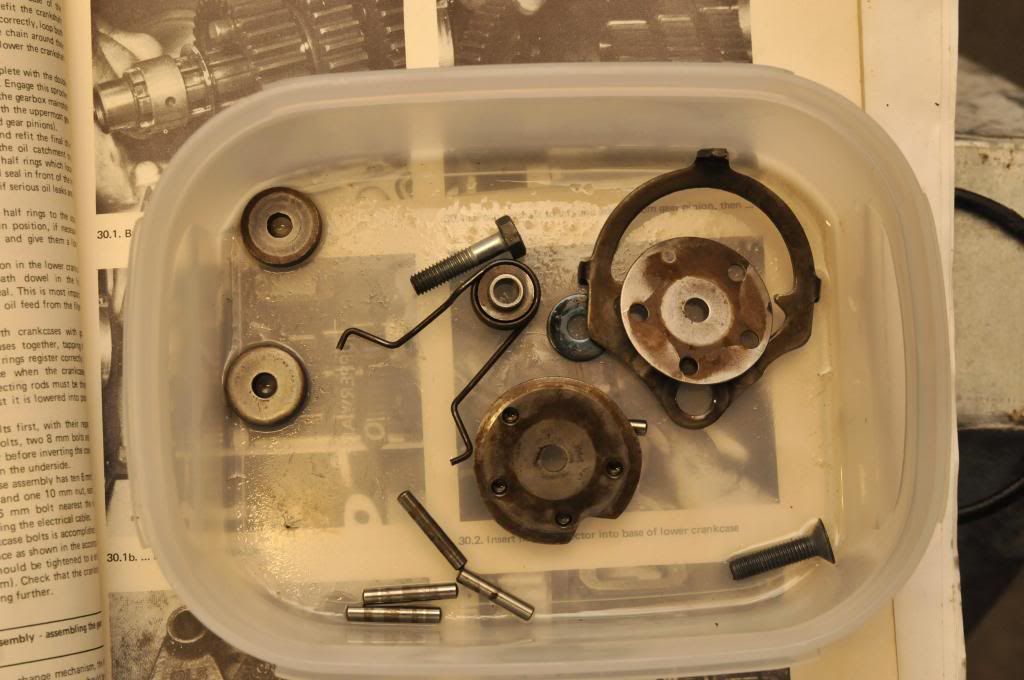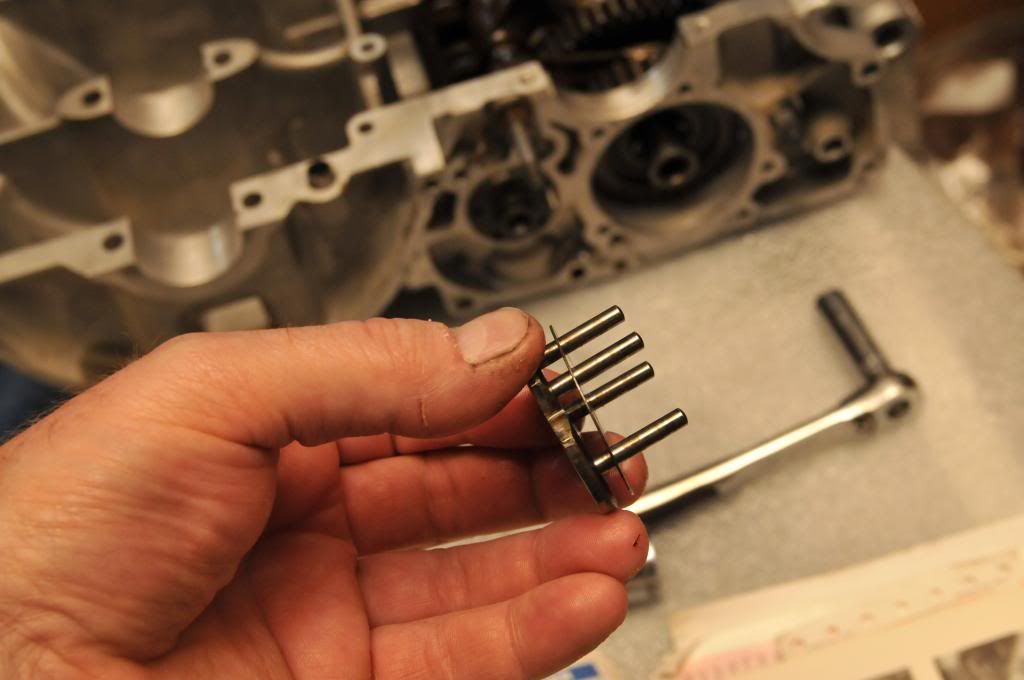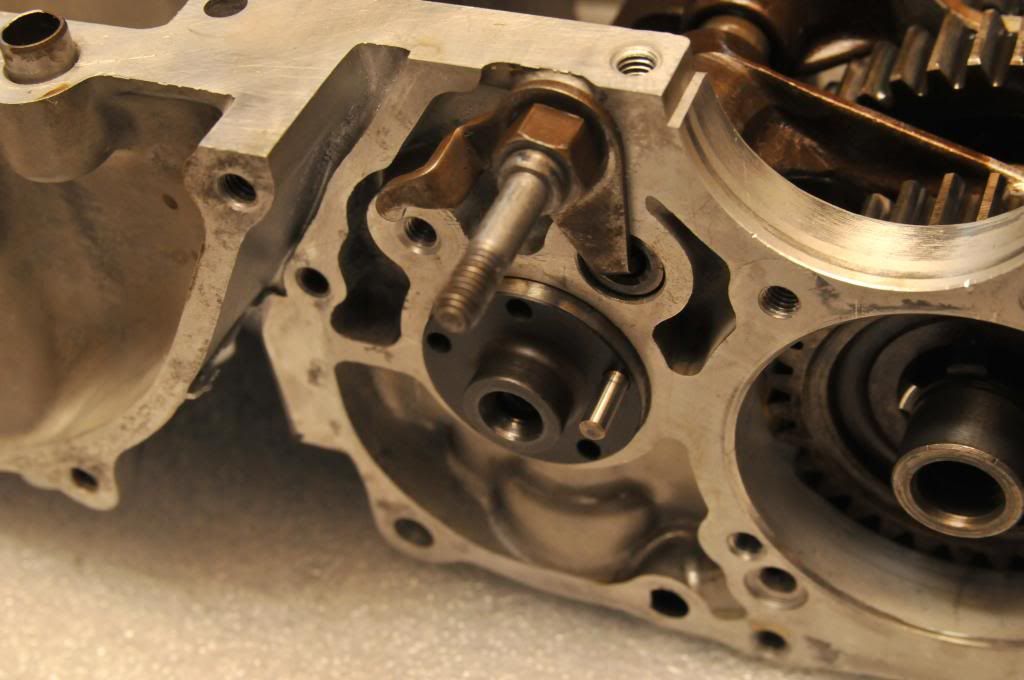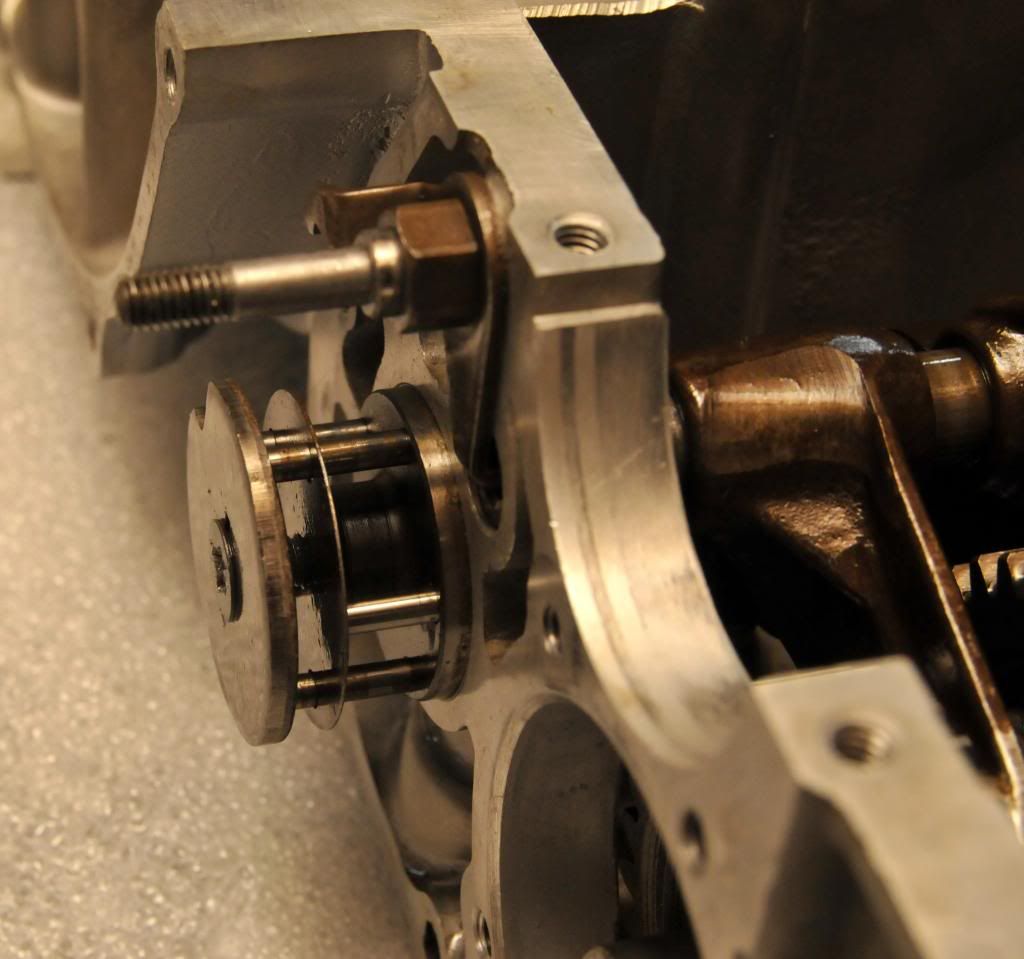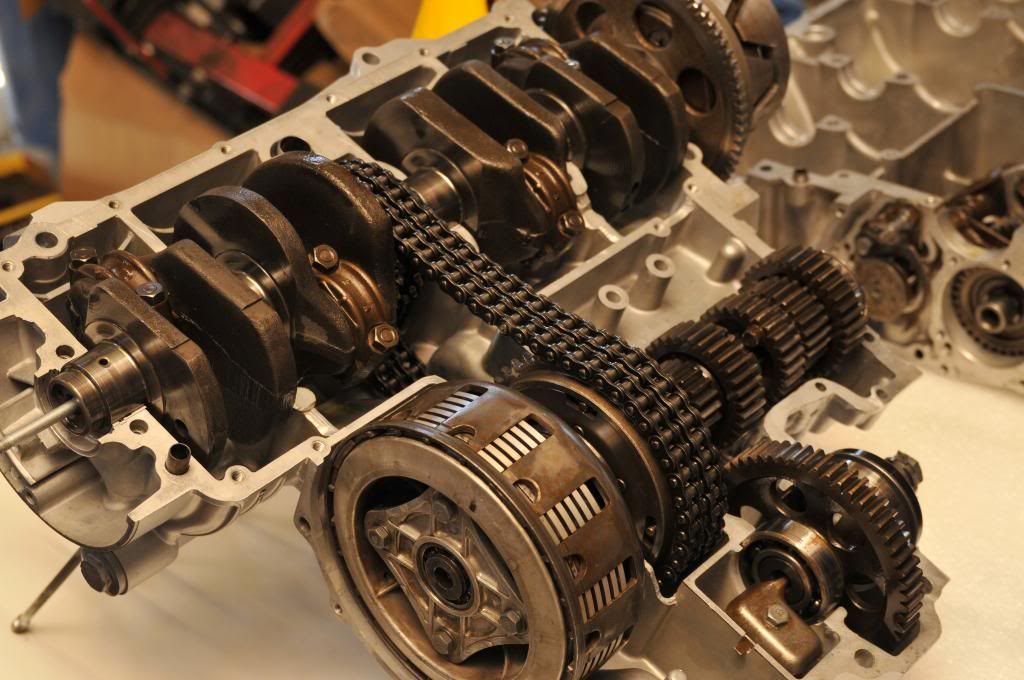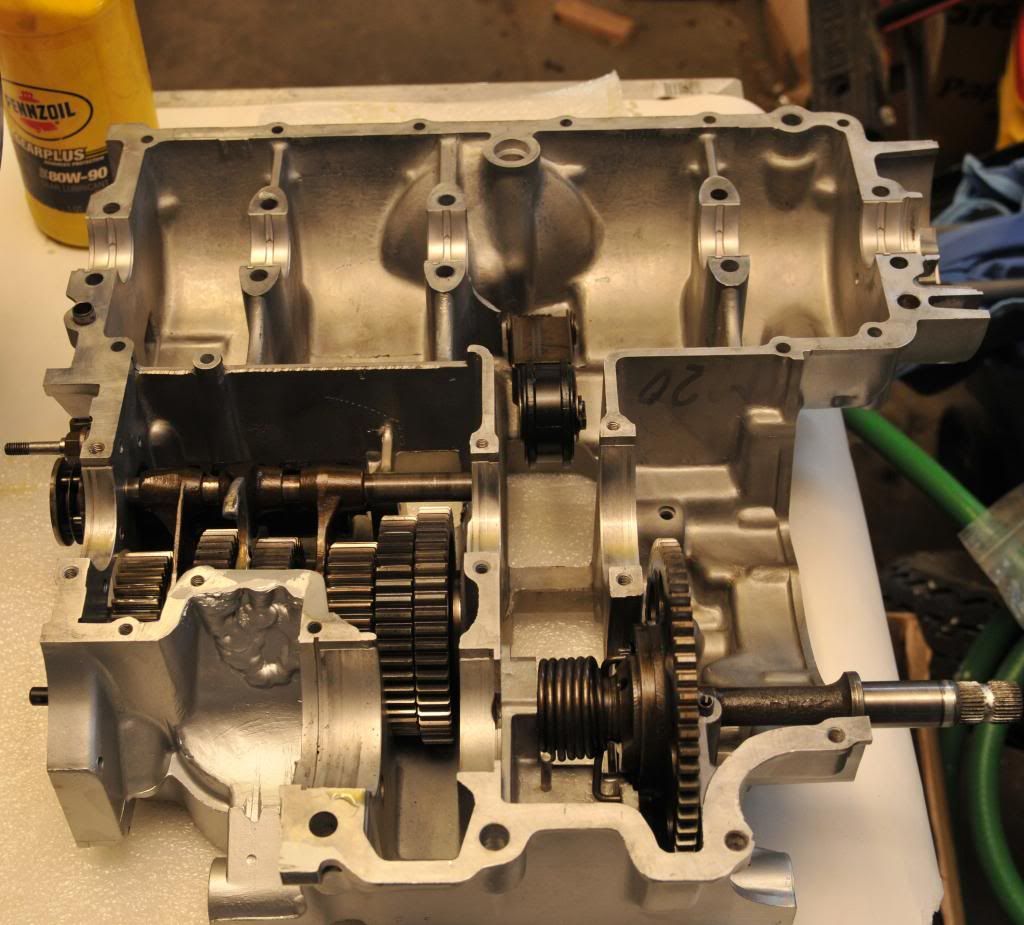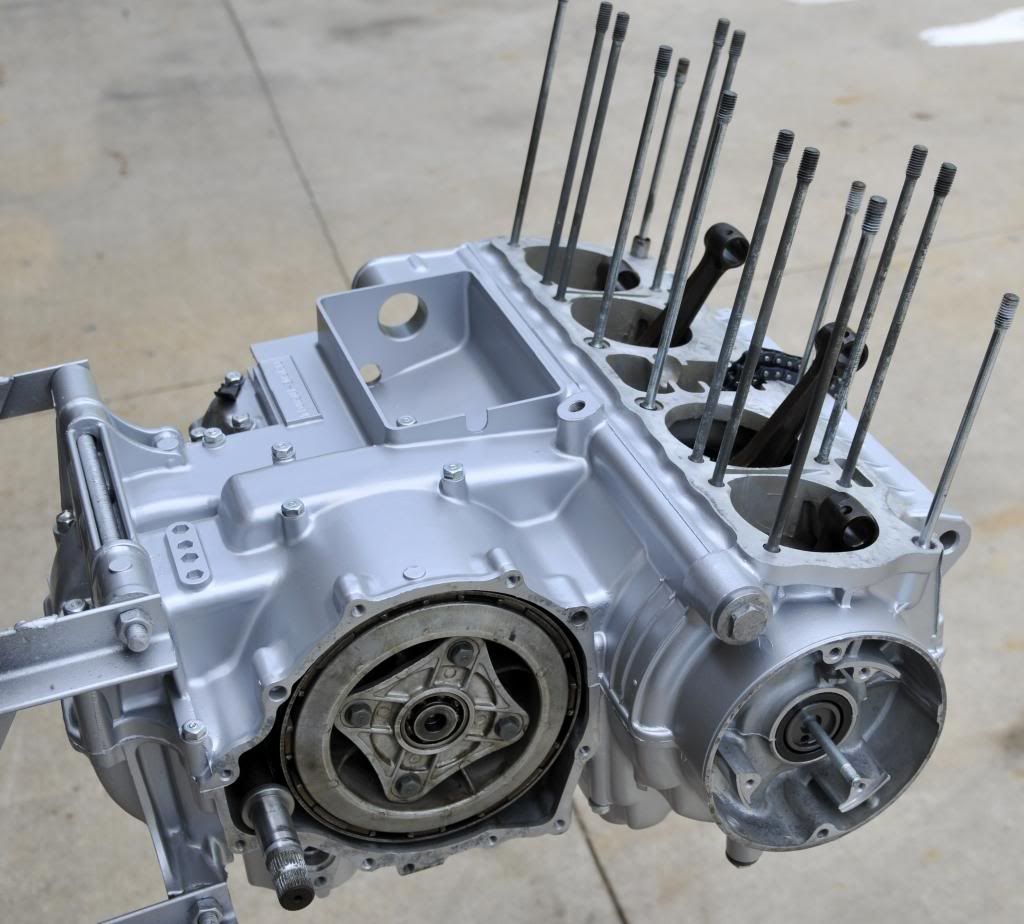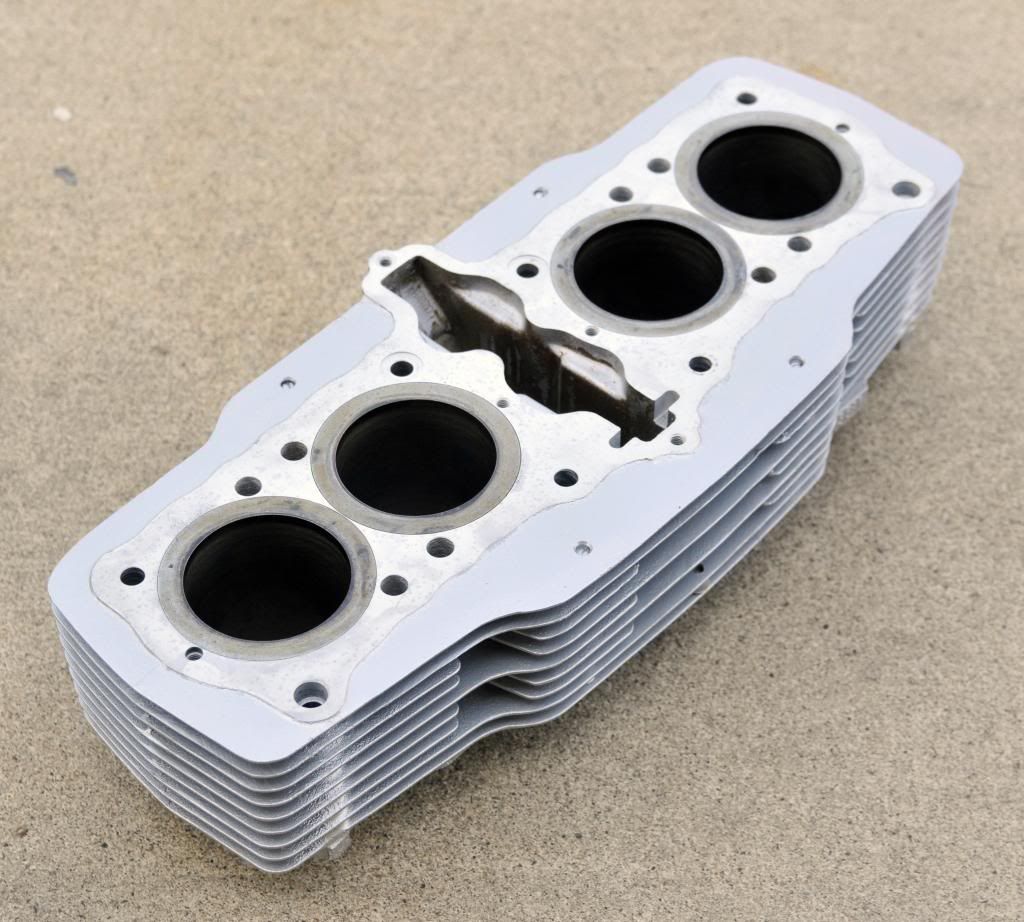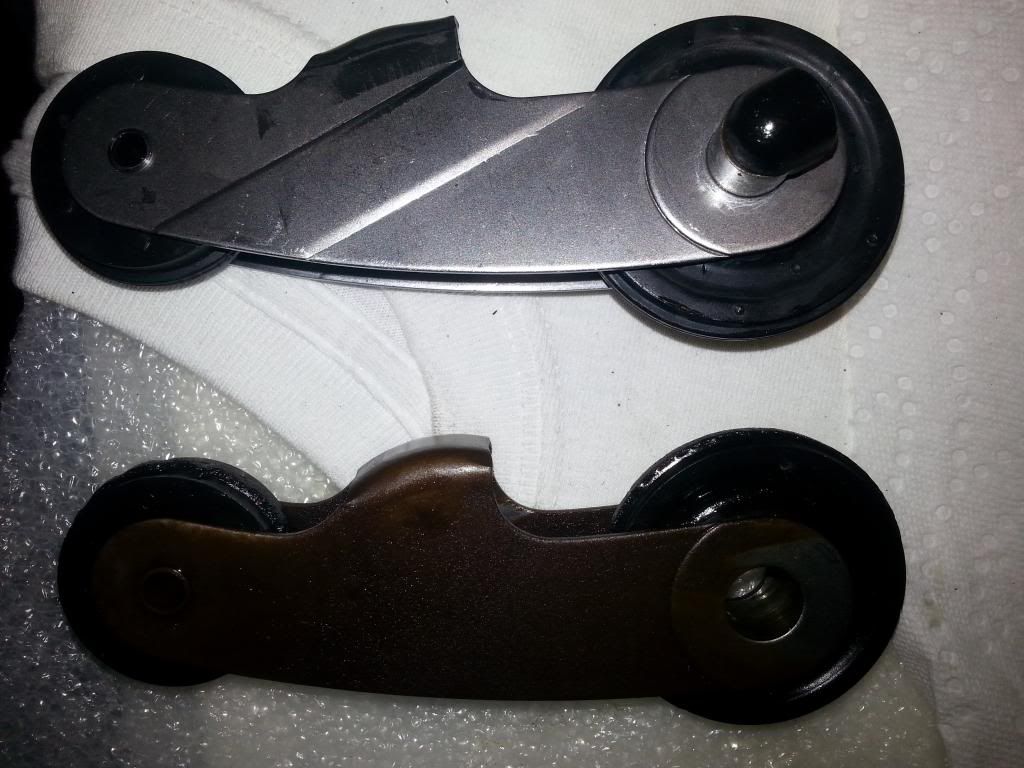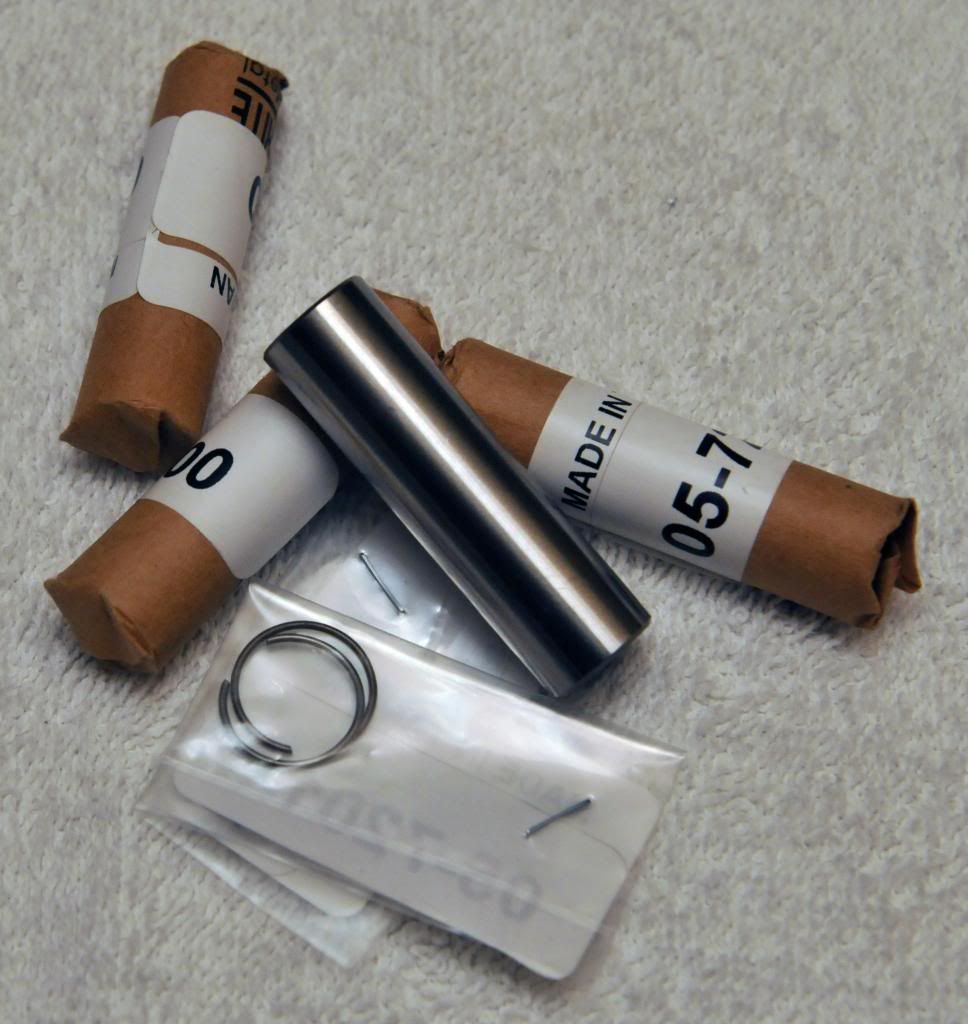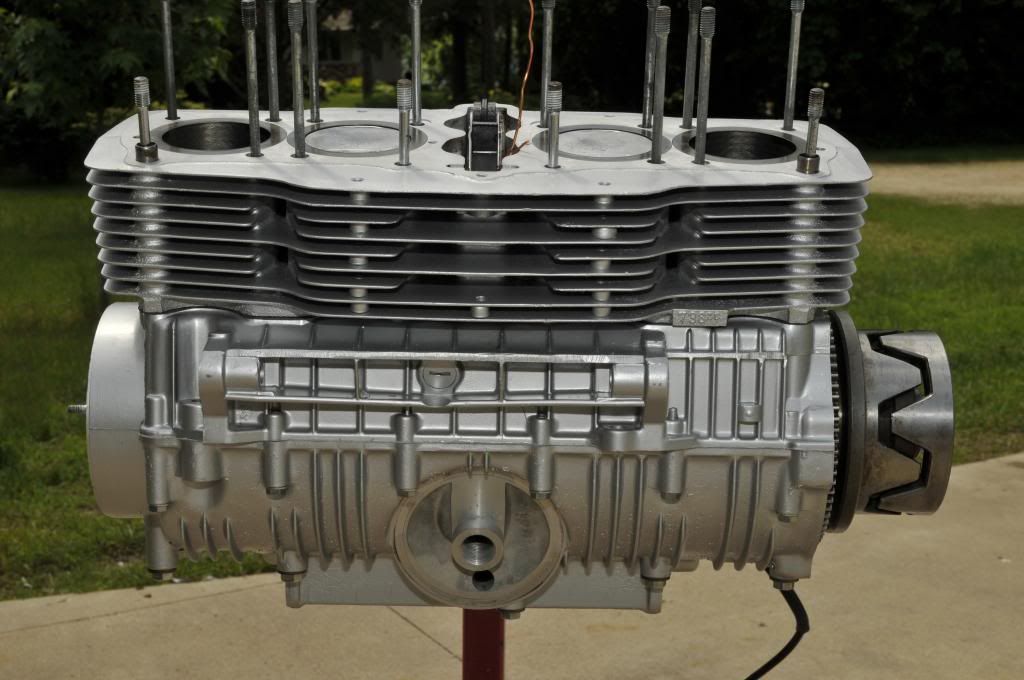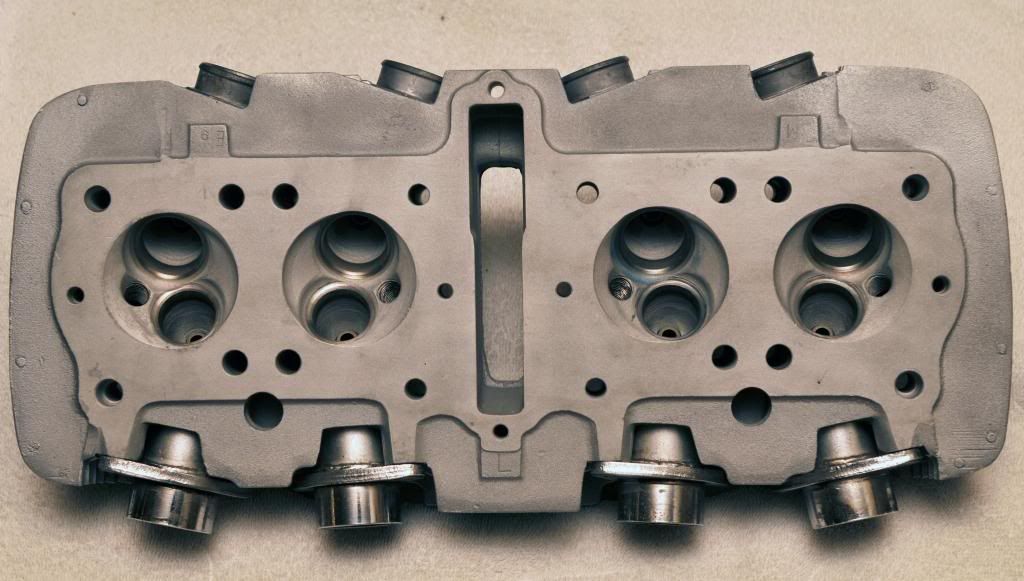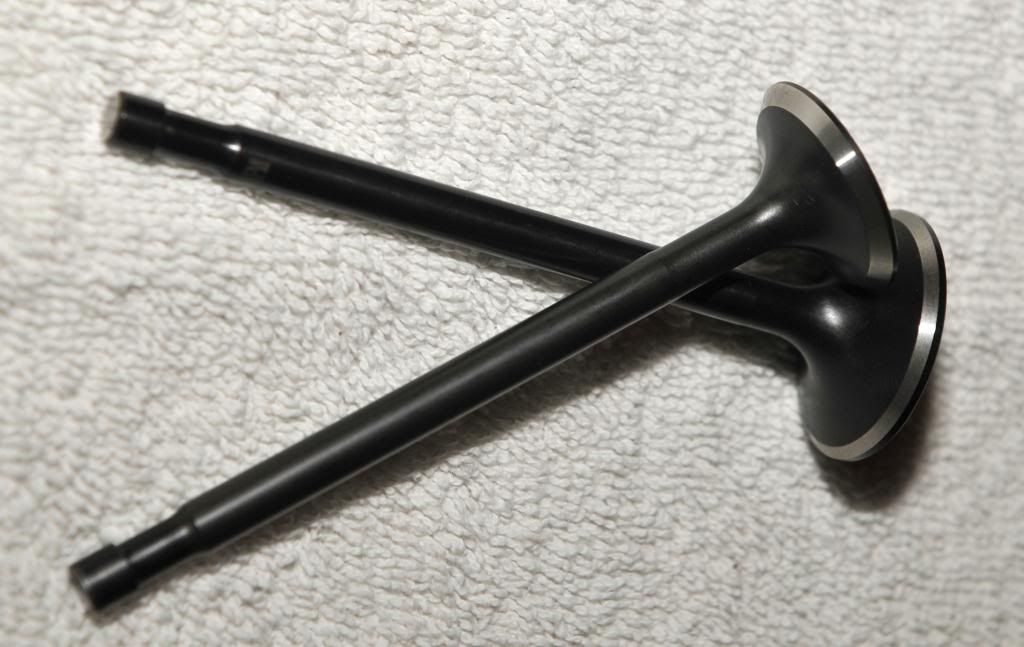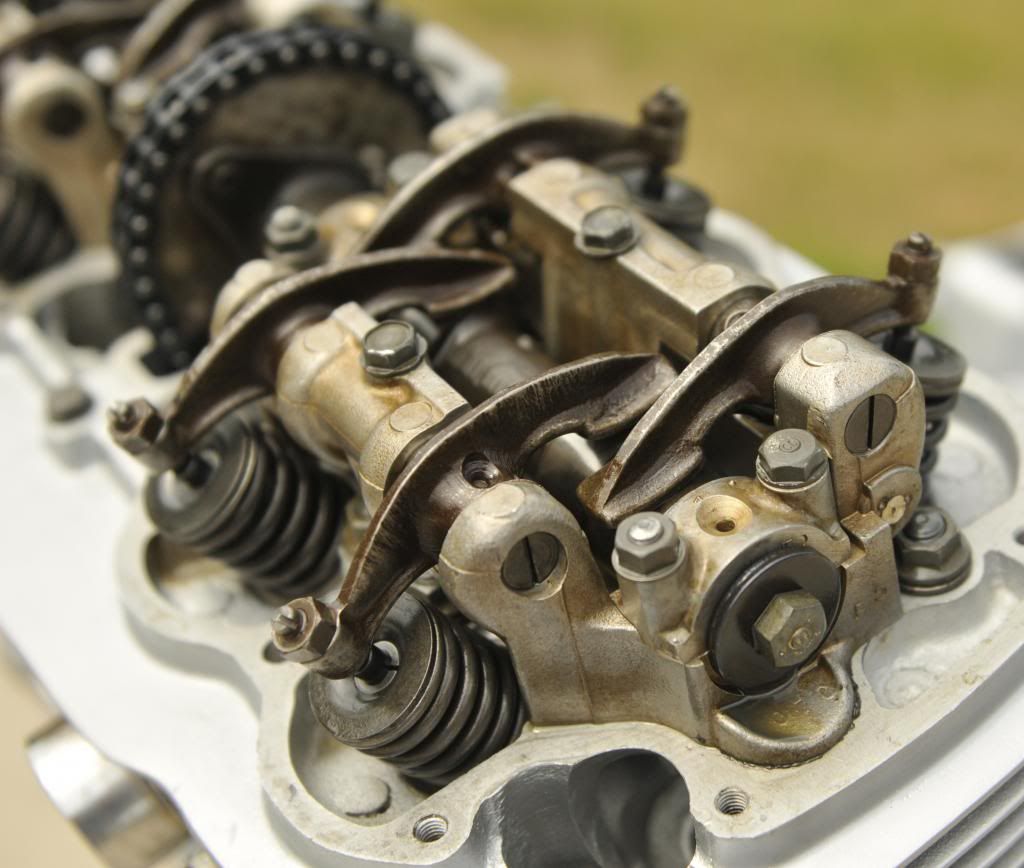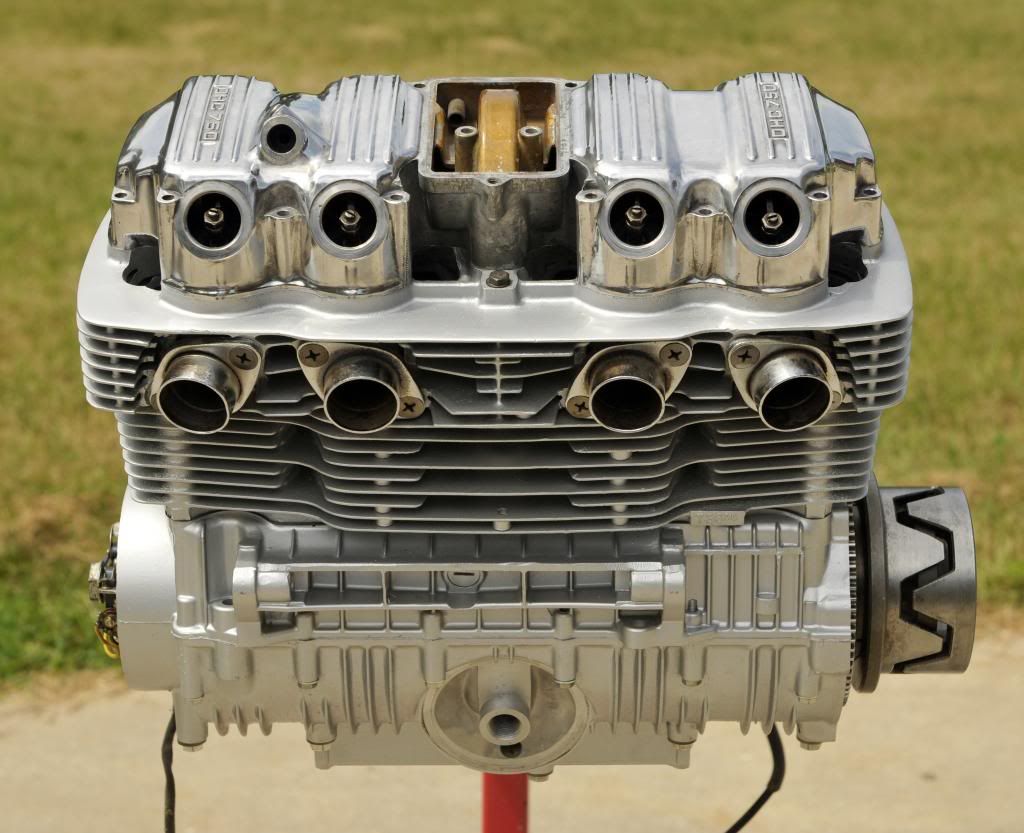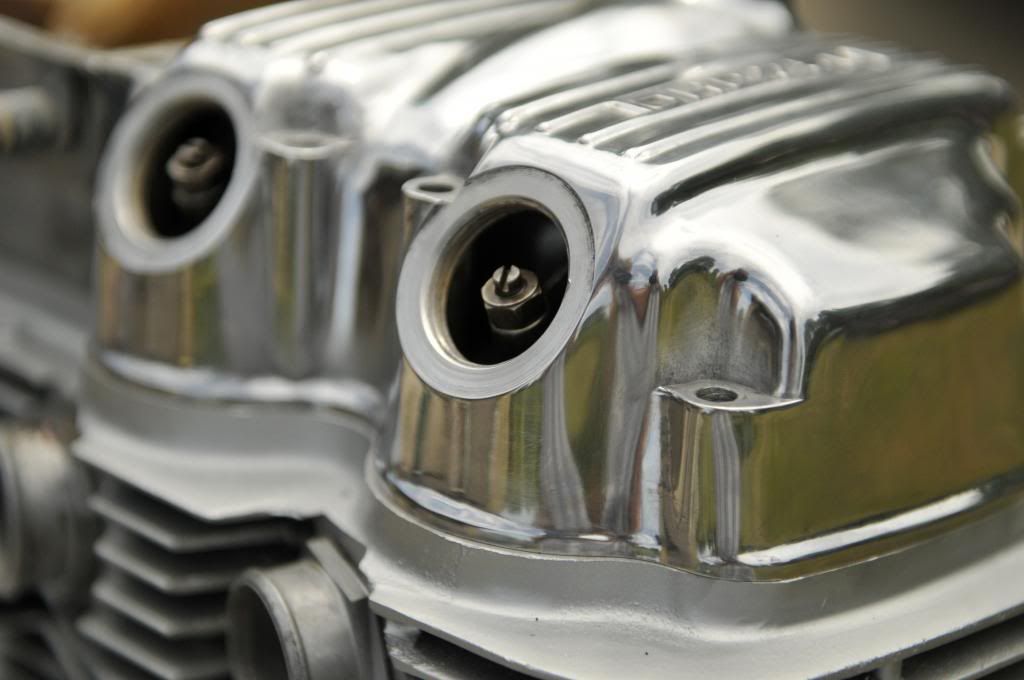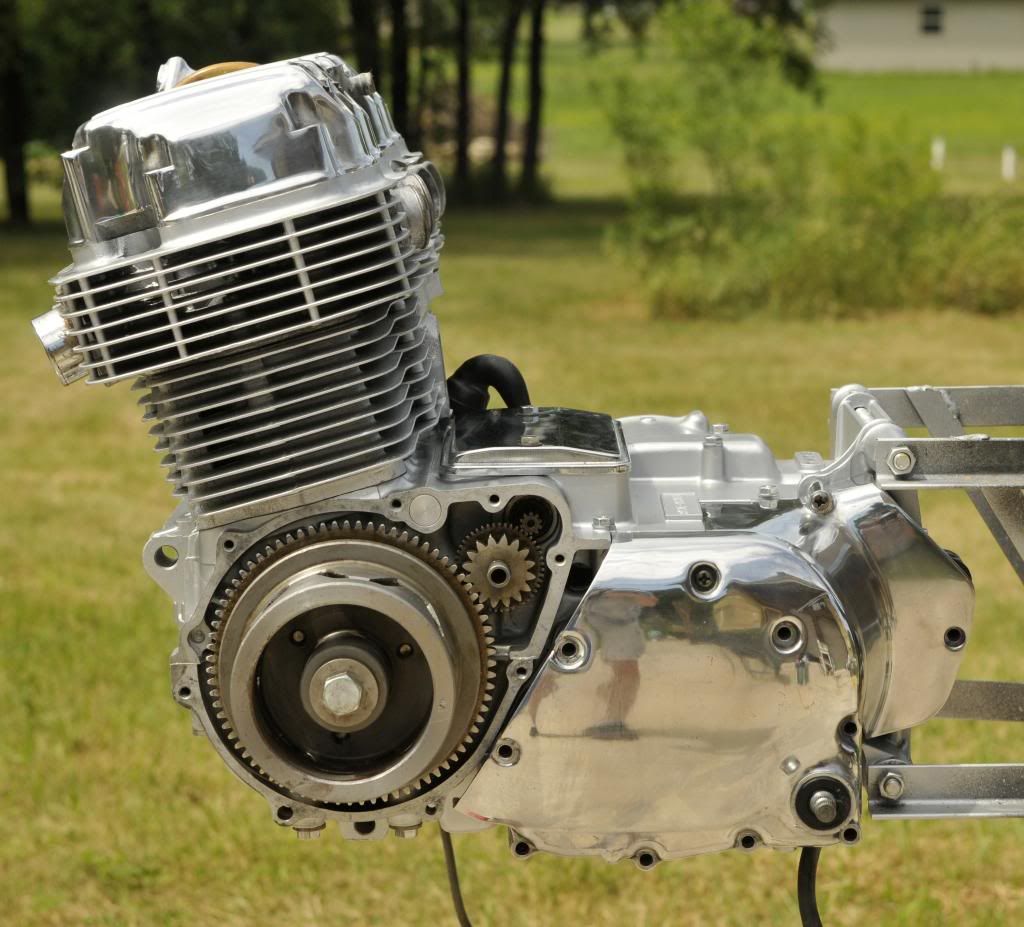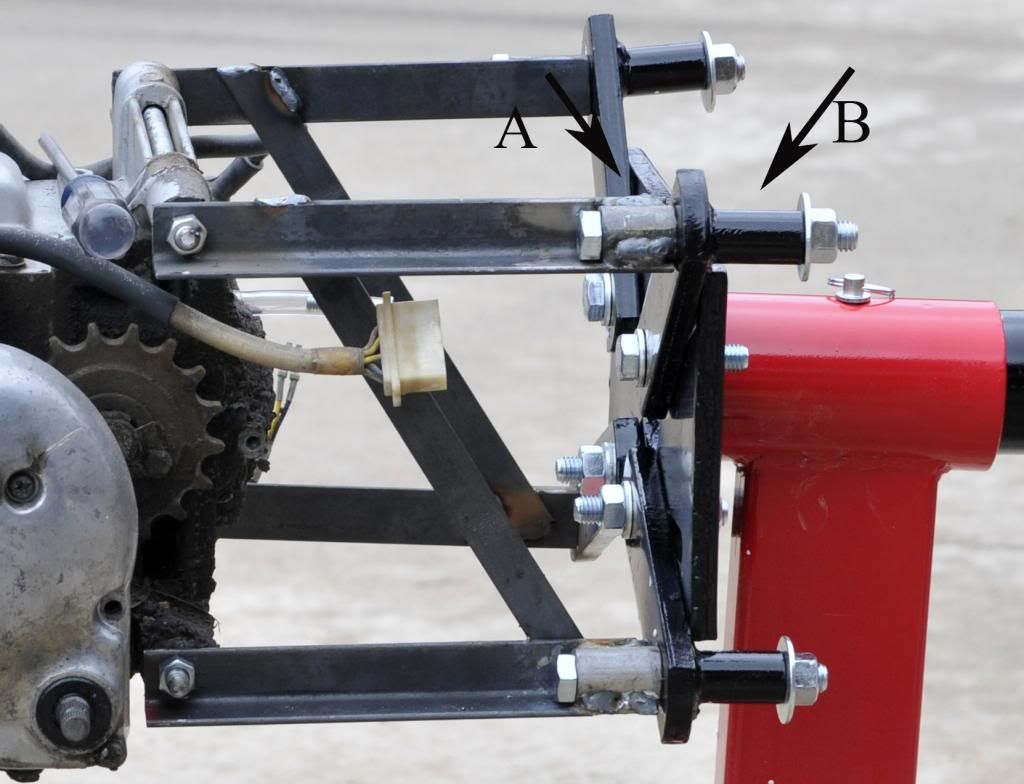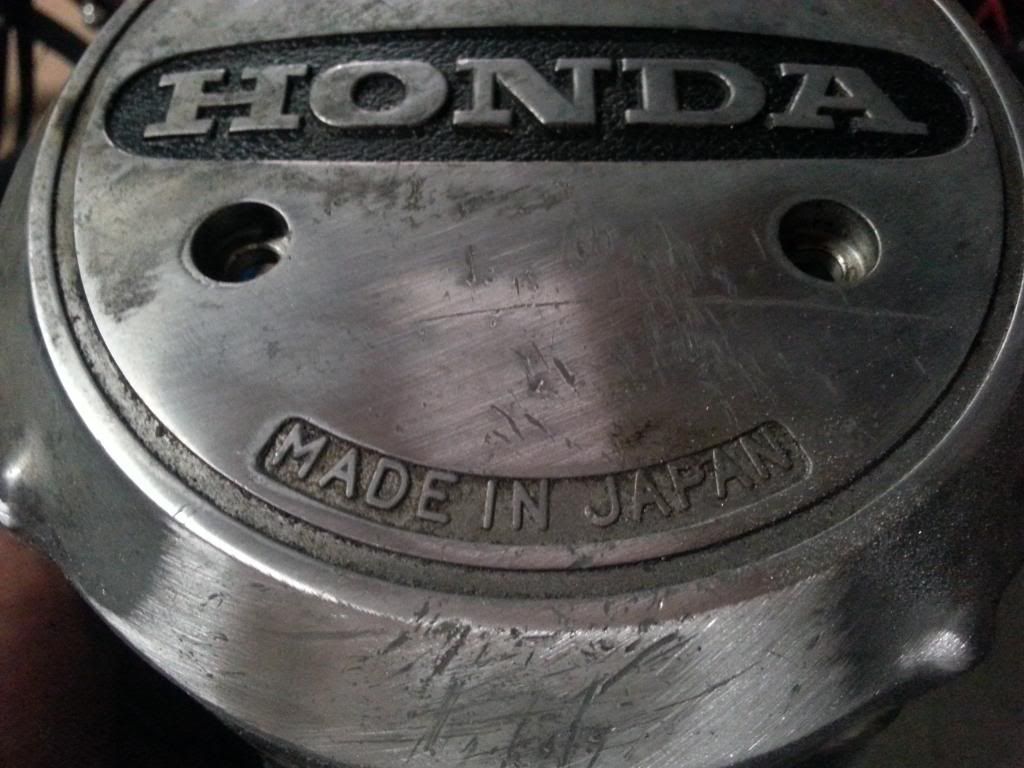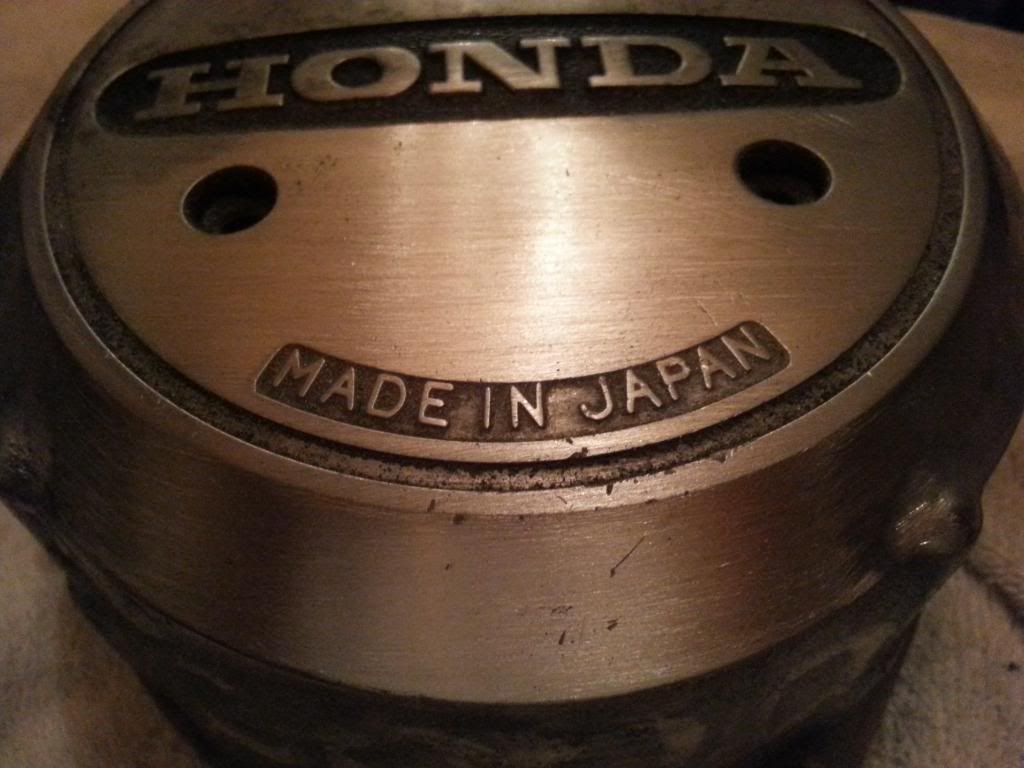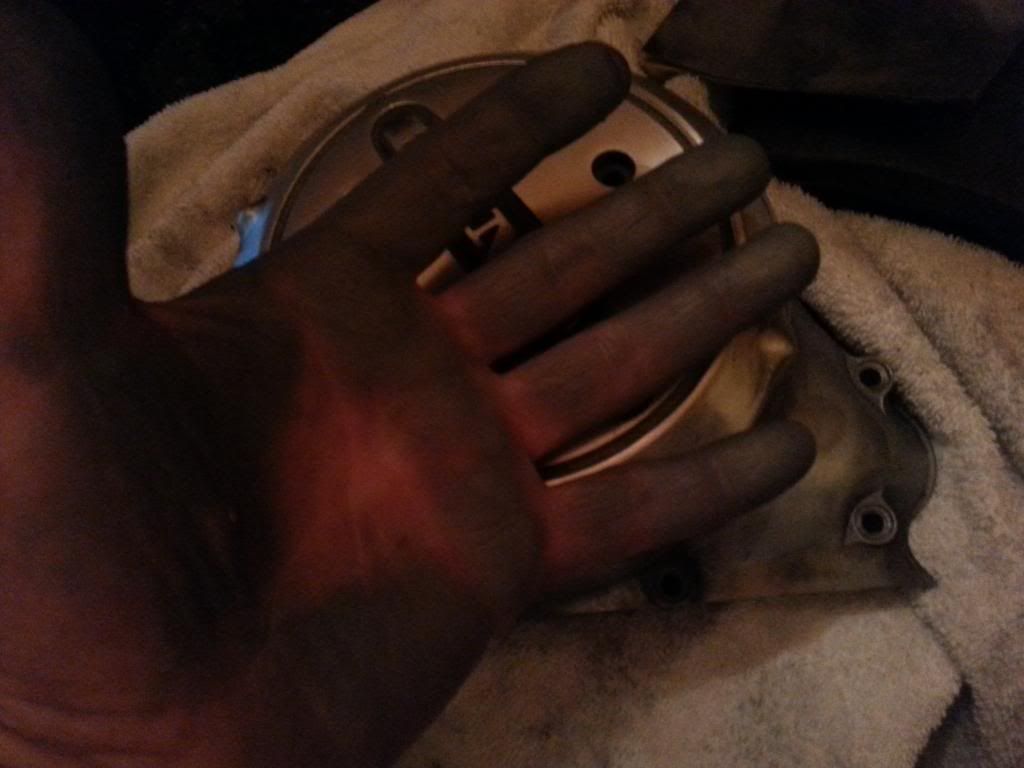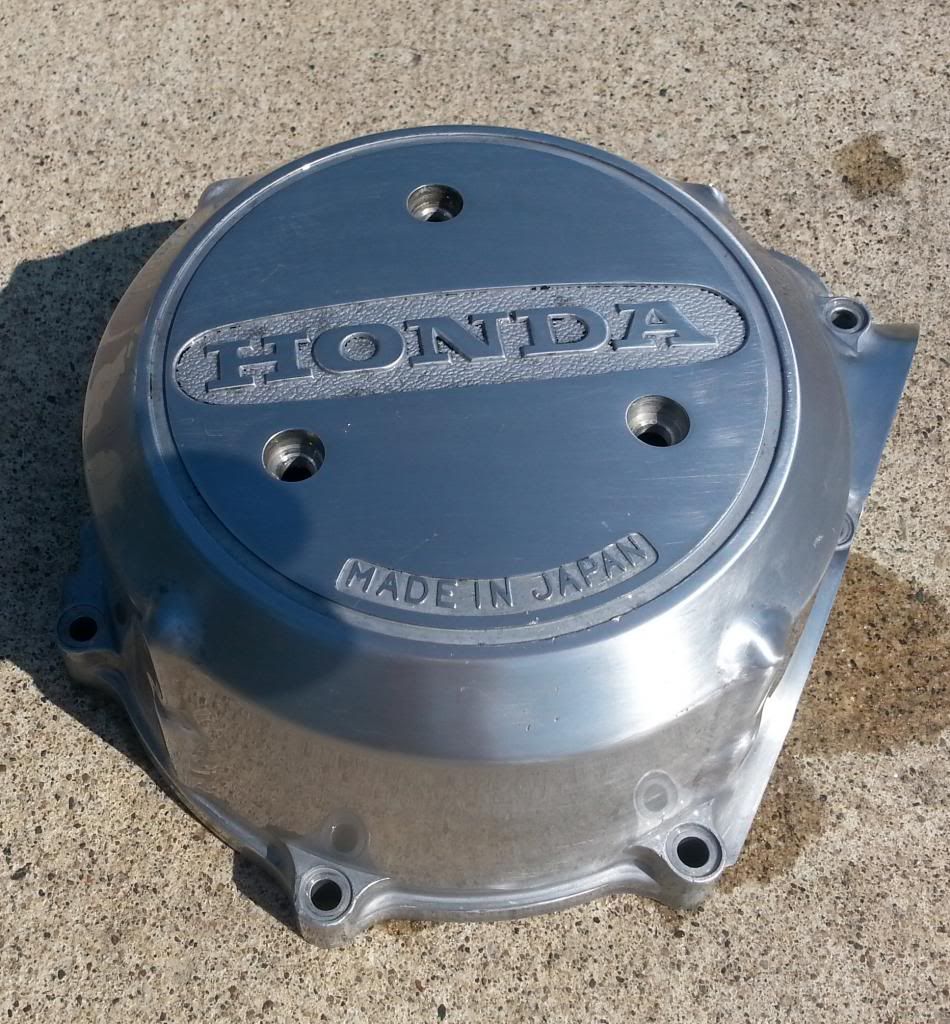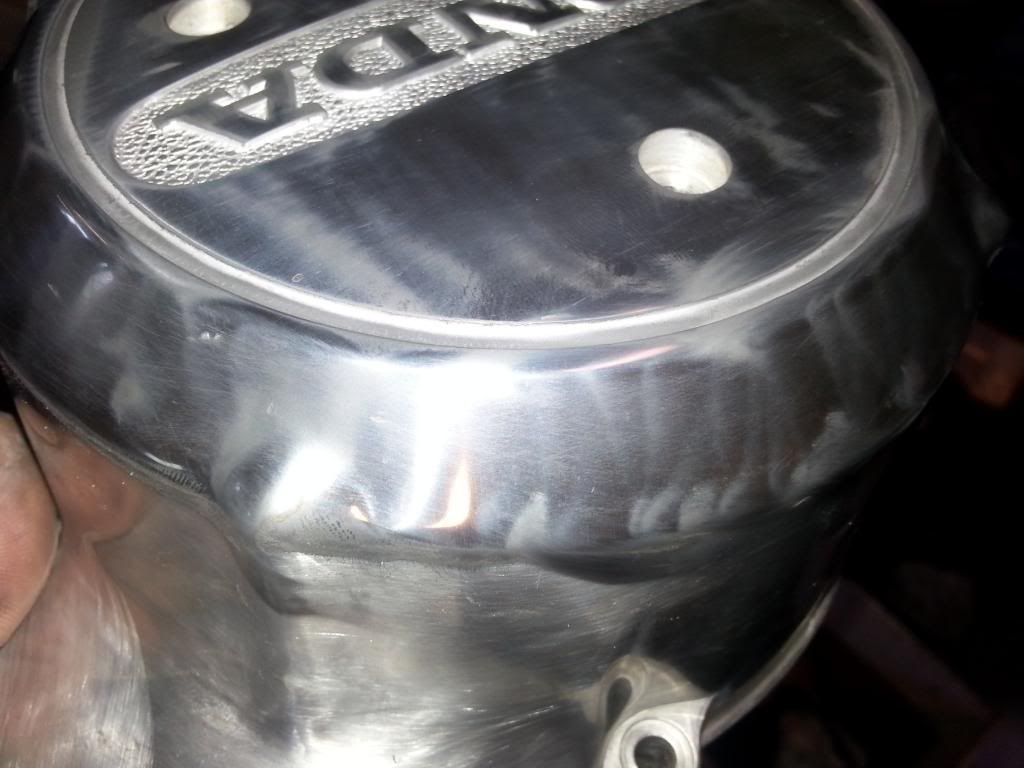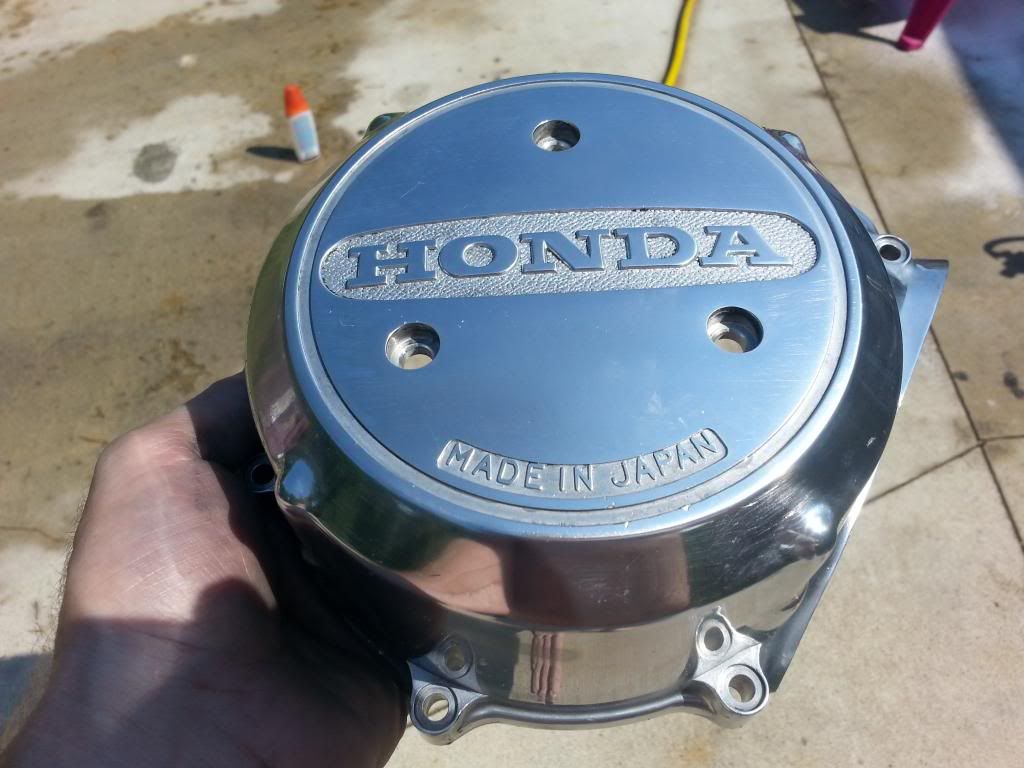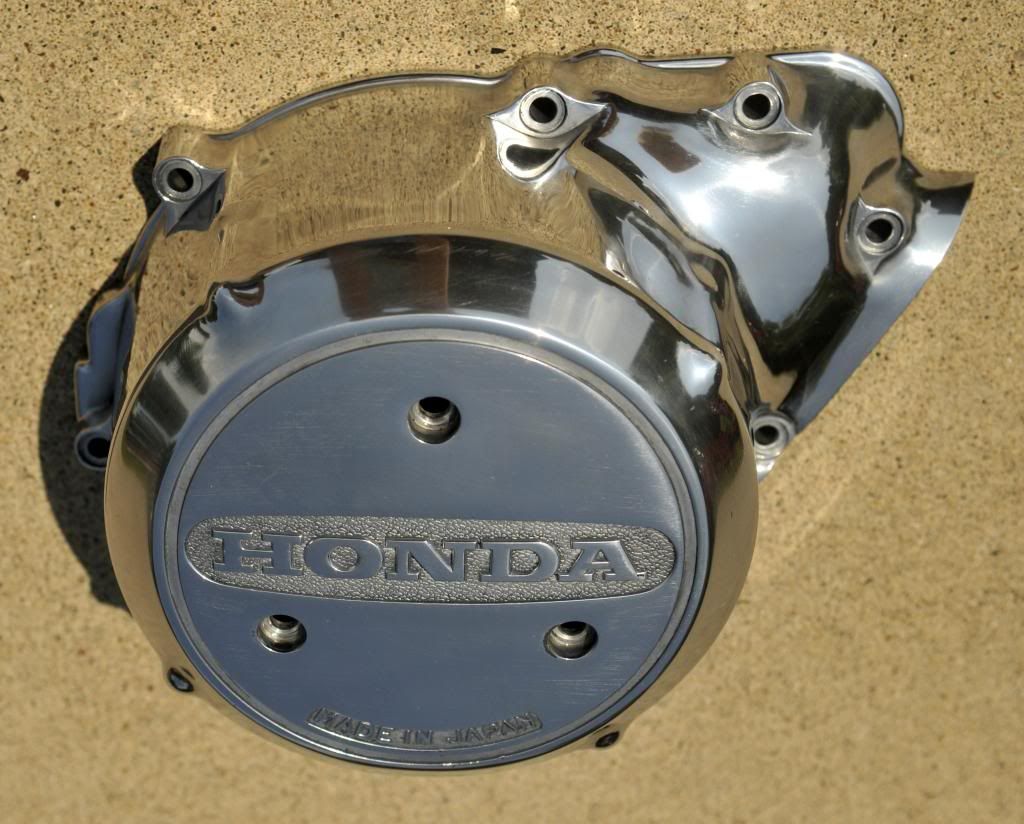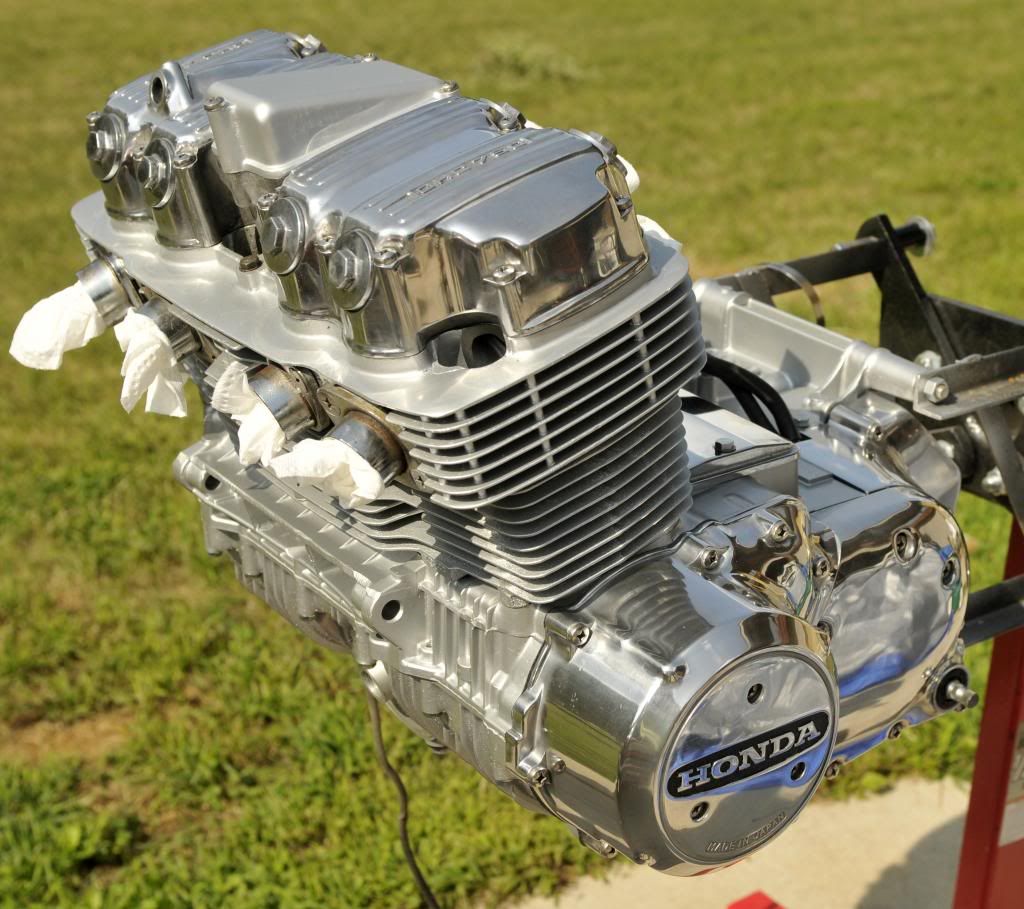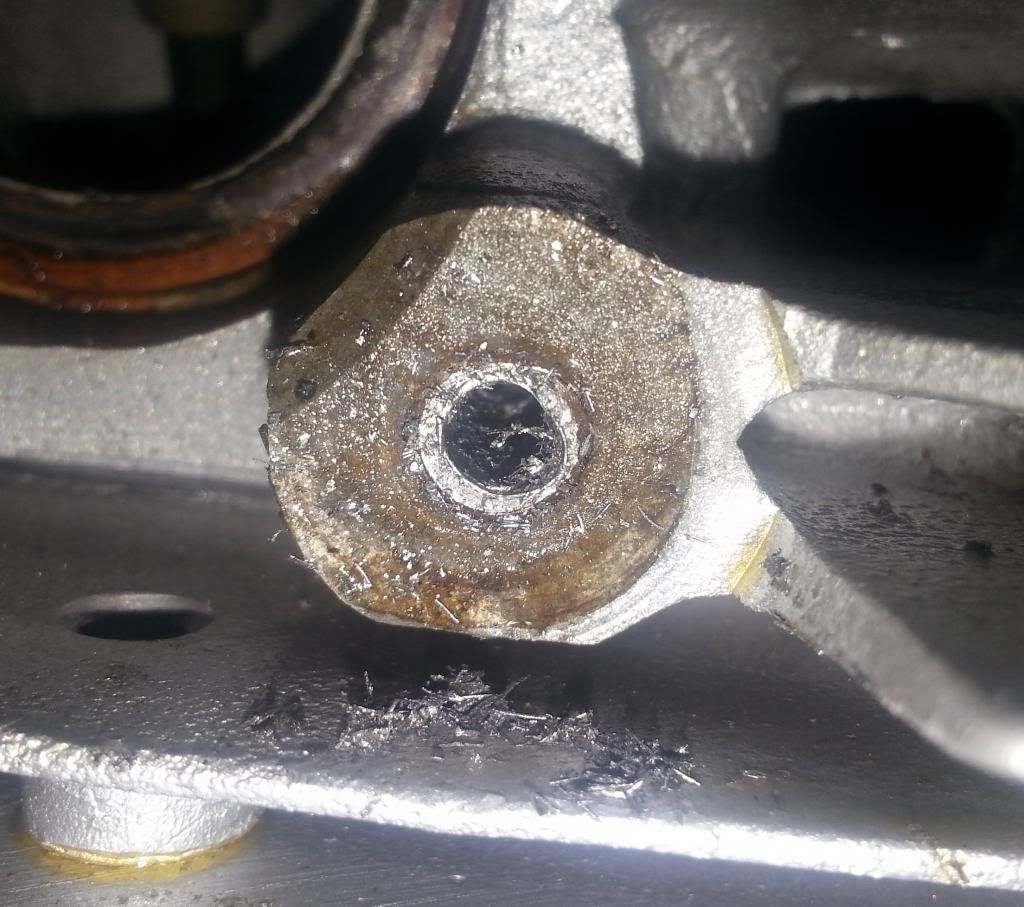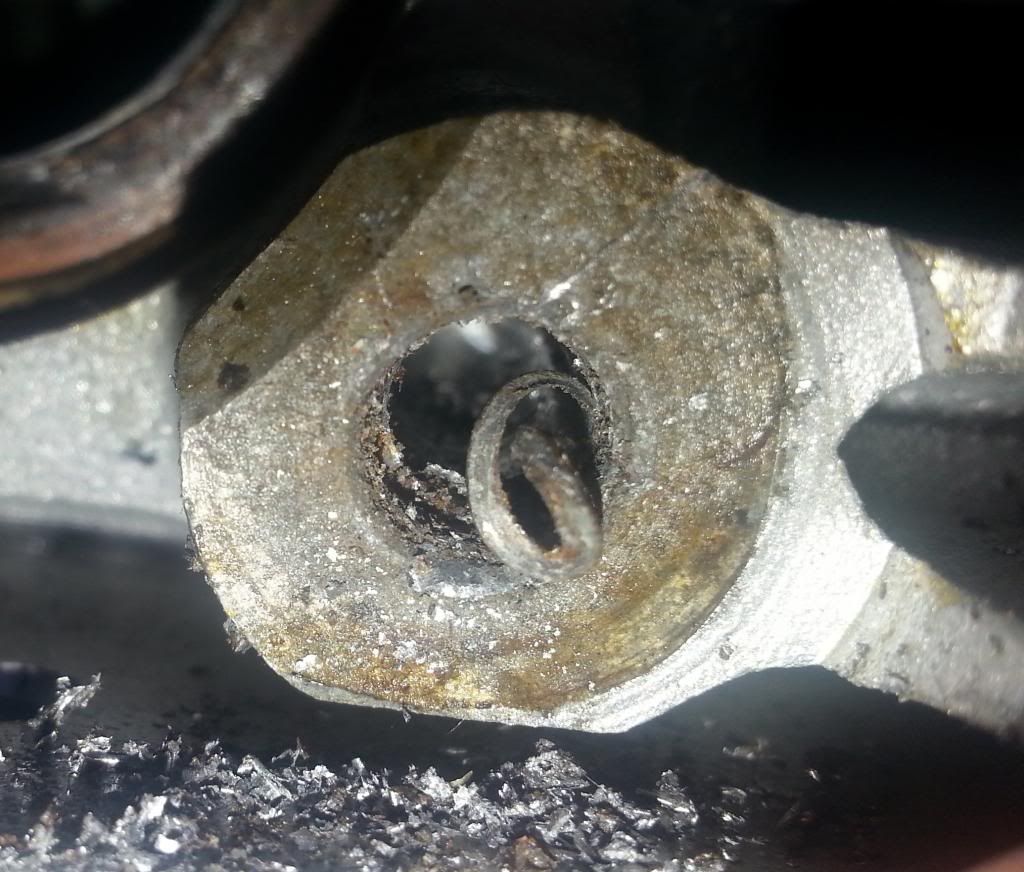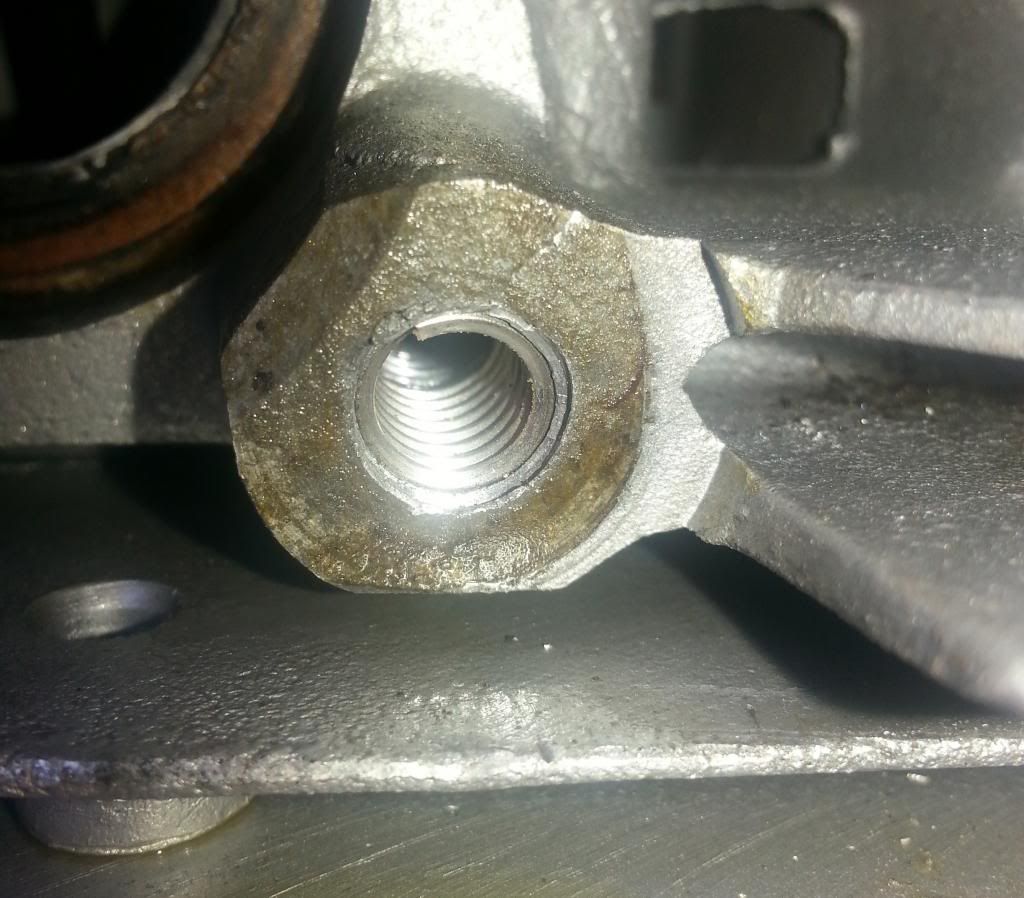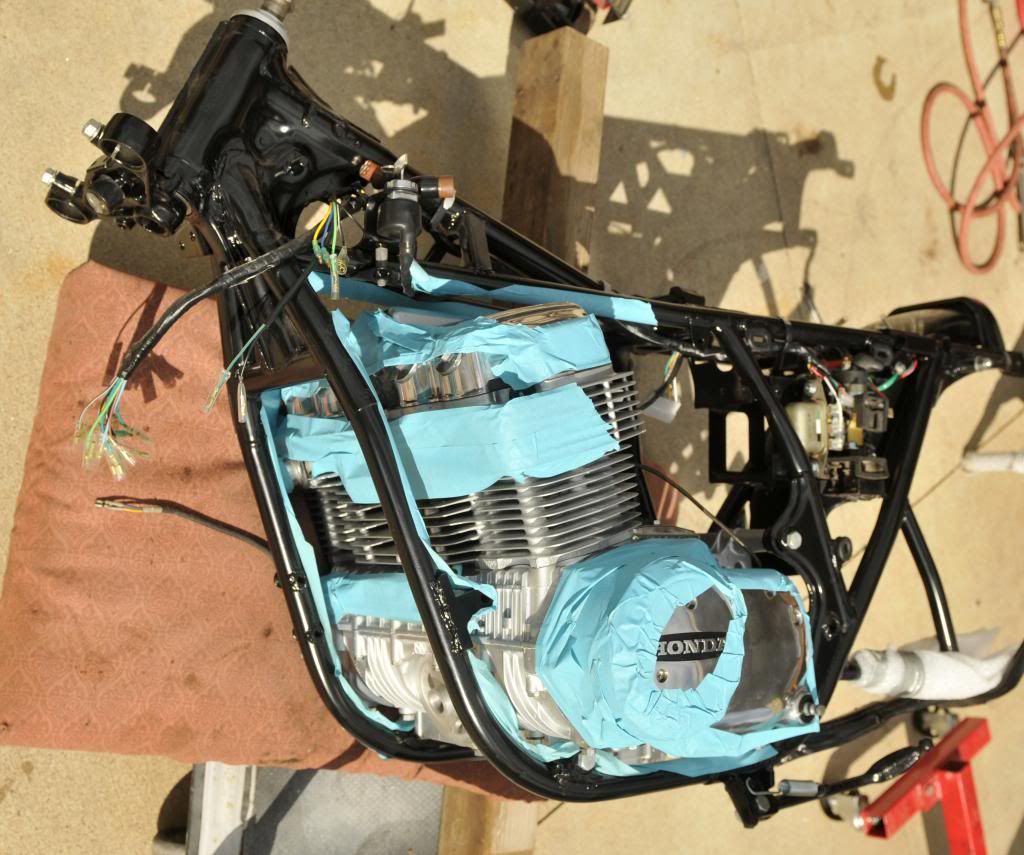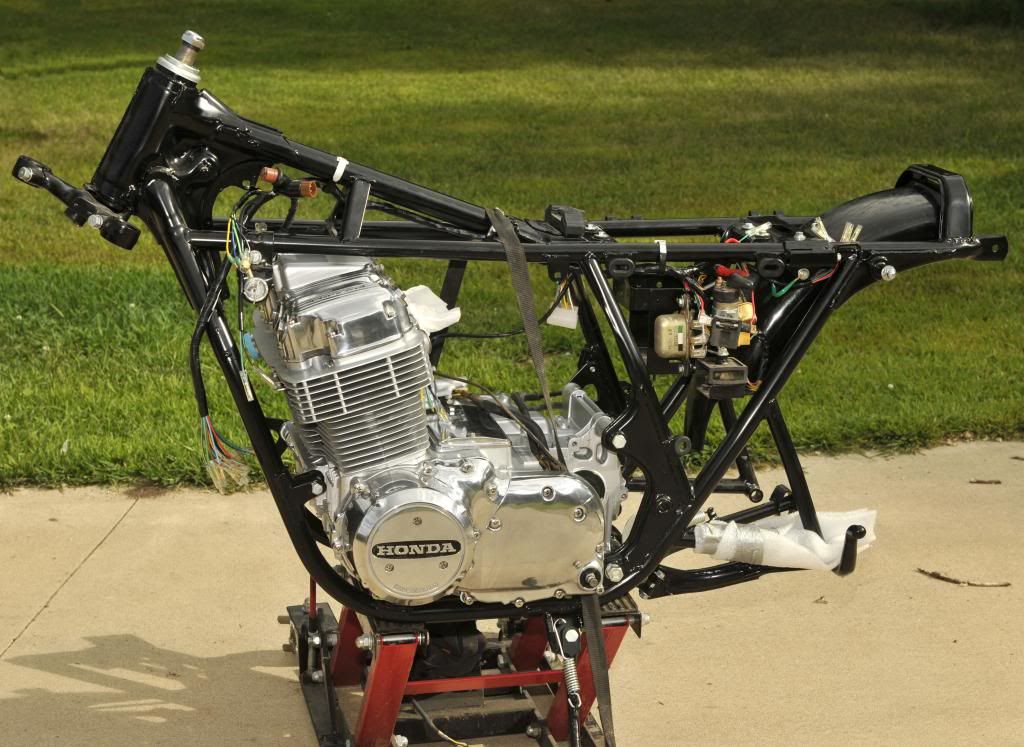Re: 1971 CB750 K1 Rider Resto
Well, progress has slowed again, but I am plugging away from several directions. Mostly, I am concentrating on engine stuff now.
When I left off, the cases were off getting some welding and machining. That is done, and although not perfect, it will be functional. I do not believe there will be any leaks. The machinist said if he were to do it again, he would have liked to get the cases first, and machine out a perfectly square area, and replace with new metal that was machined to fit. As it was, the cases went to the welder first and he patched the area up the best he could, using what was left of the damaged pieces. There were a few spots that were about 4 thousands low. Skip, the machinist said he could send the cases back to the welder to have a little more built up on the mating face, but recommended that I just use a small amount of metalset epoxy to bring that area up. The reason he thought the epoxy would be better is that he has worried about another heat cycle warping the cases more than they already are. I elected on the epoxy and it worked out fine. when I bolt up the cases, everything pulls right together. It's not like there is a lot of warpage.....maybe about 4 thousands or so over about a six inch span. All in all, I am happy with the results. especially since I thought I would have to find another set of cases. Thanks for setting me up, Swan!!! Pat, If you are reading this...thanks a lot for the great deal on the welding! Skip, I will see you soon about the head work.
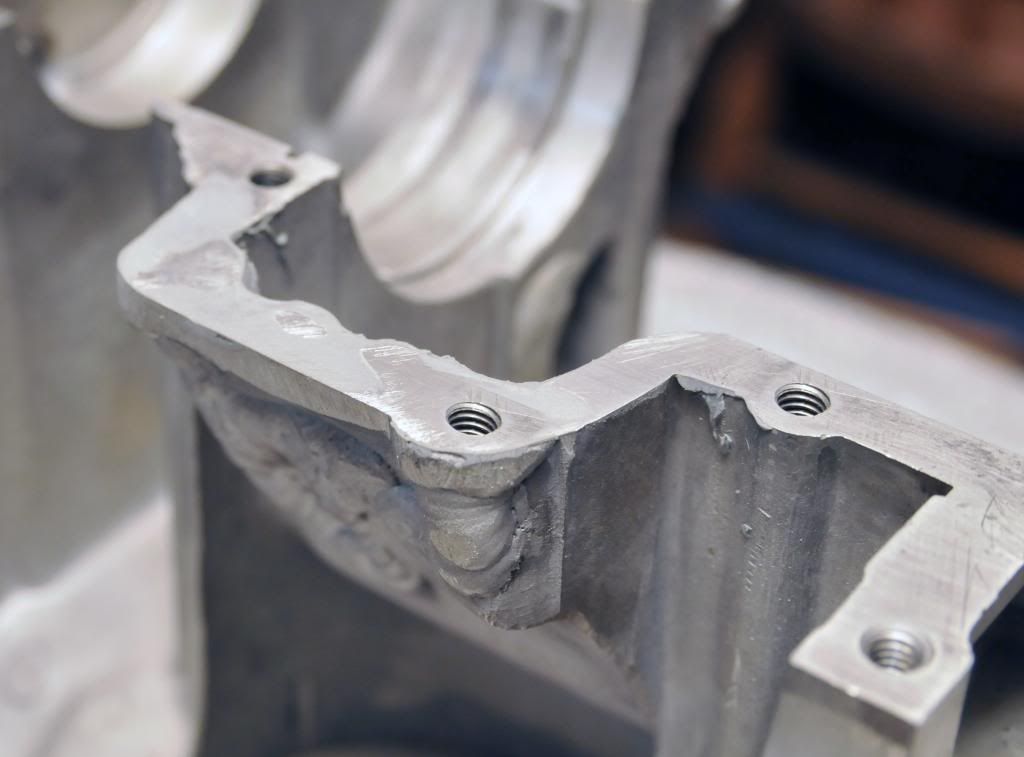
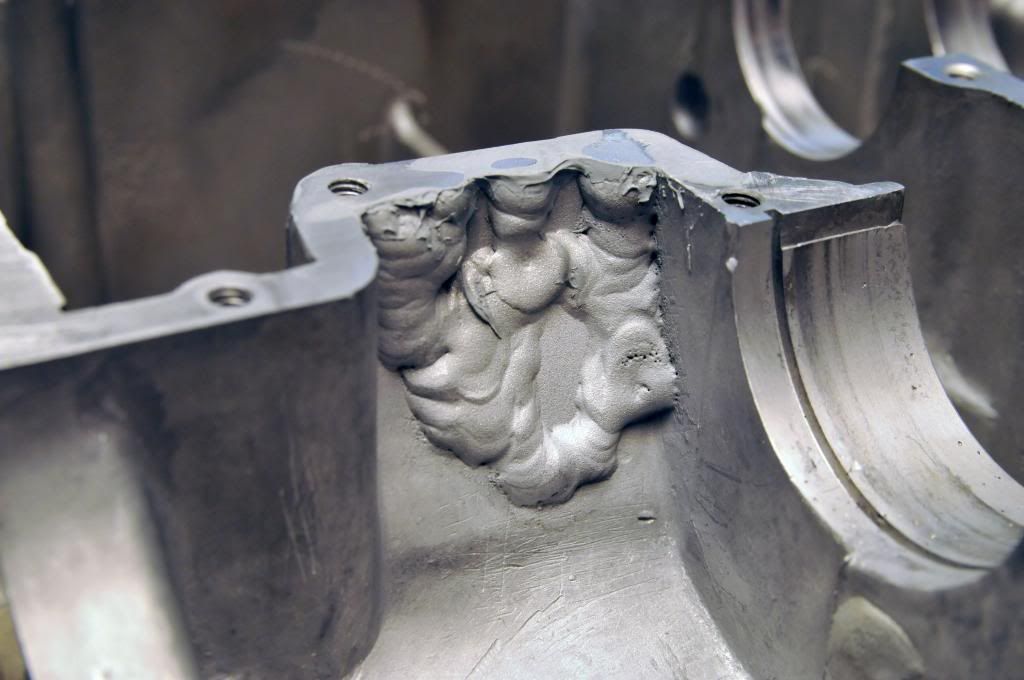
The hole to the left had to be re-drilled and tapped
What does one do on a rainy day? Why, plate some nuts and bolts of course.
When I sent off all my parts to the plater, I was not expecting to rebuild the engine. So.....what to do with the crusty engine hardware. I checked online with Service Honda to check out prices and availability of various nuts and bolts. Some are available and others are not. And some are available and just too expensive to buy (at least for my cheap ###). So I decided to plate all the top case bolts, as well as the crankshaft bearing bolts. I decided to purchase new bottom case bolts since they were not too expensive, if they do not have the proper markings, no one will see them anyway. New washers are on the way also......I get really annoyed with prepping washers for plating.
My prep process for plating is:
1. Thorough degreasing with acetone or lacquer thinner
2. Bead blast old plating and rust off
3. buff up the part on a wire wheel
4. degrease again in a hot soapy solution
5. rinse and plate
From left to right. Degreased, bead blasted, and buffed
Plating with my Caswell Copy Cad kit. Degreasing on the left, plating on the right
Finished Parts
Next up is to try and figure out Honda's convoluted bearing selection process. I elected to replace all the main bearings, as they were marginal. Why not, it's already apart. Honda has four different thickness bearing shells just for "standard" size journals. One has to figure out which "color" shell to order depending on the case bore size and the crankshaft journal diameter for each of the five bearings. They supply this chart to help figure it out.
I used the letter markings from the case to get the case bore sizes. I'm hoping that they are still valid as I did not have easy access to a bore gauge. The crankshaft has letters stamped in it too, but four of the five journals had worn down one letter size.
The photo shows what I came up with for measurements on the crankshaft as compared to how it measured at the factory. Using these numbers and letters, I was able to figure out which bearings to order. I hope I did not mess it up. Hopefully, when the bearings come, everything will measure right on spec.
Next up is a few photos of the engine painting process.
I had to set up my "easy up" paint booth because it was threatening to rain. I put one side on to block the wind.
I really dislike painting with a rattle can...there is no control over pattern and amount of paint. I was going to just bleed off the pressure from the can, and drain the paint into my paint gun for painting. Alas...it was not to be as my regulator decided to crap out on me. Oh well, rattle can it is.
A couple of before pictures
After the deed is done

Painted with Duplicolor 1615 ceramic engine enamel.
A close up of the repaired area. It looks like there is a gap, but that is because there are only four bolts holding the cases together for painting. It closes up tight with all the bolts in.
I have a question. Do all 750 cases have this rough texture on the bottom??????
I managed to get two of the side covers polished up this morning. I still have a little work to do on them, but I just had to turn the engine on its side, and lay the covers on there!!! Yeah!!
